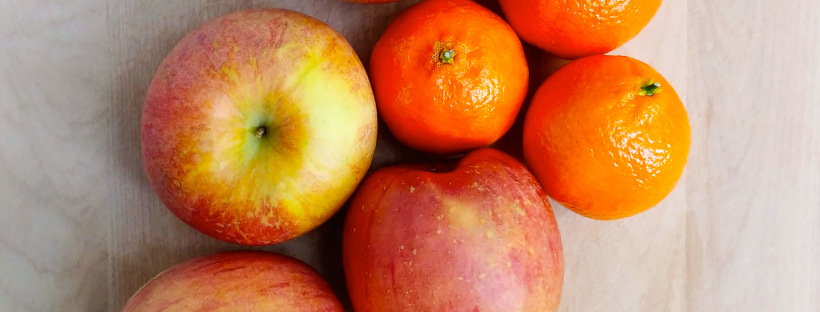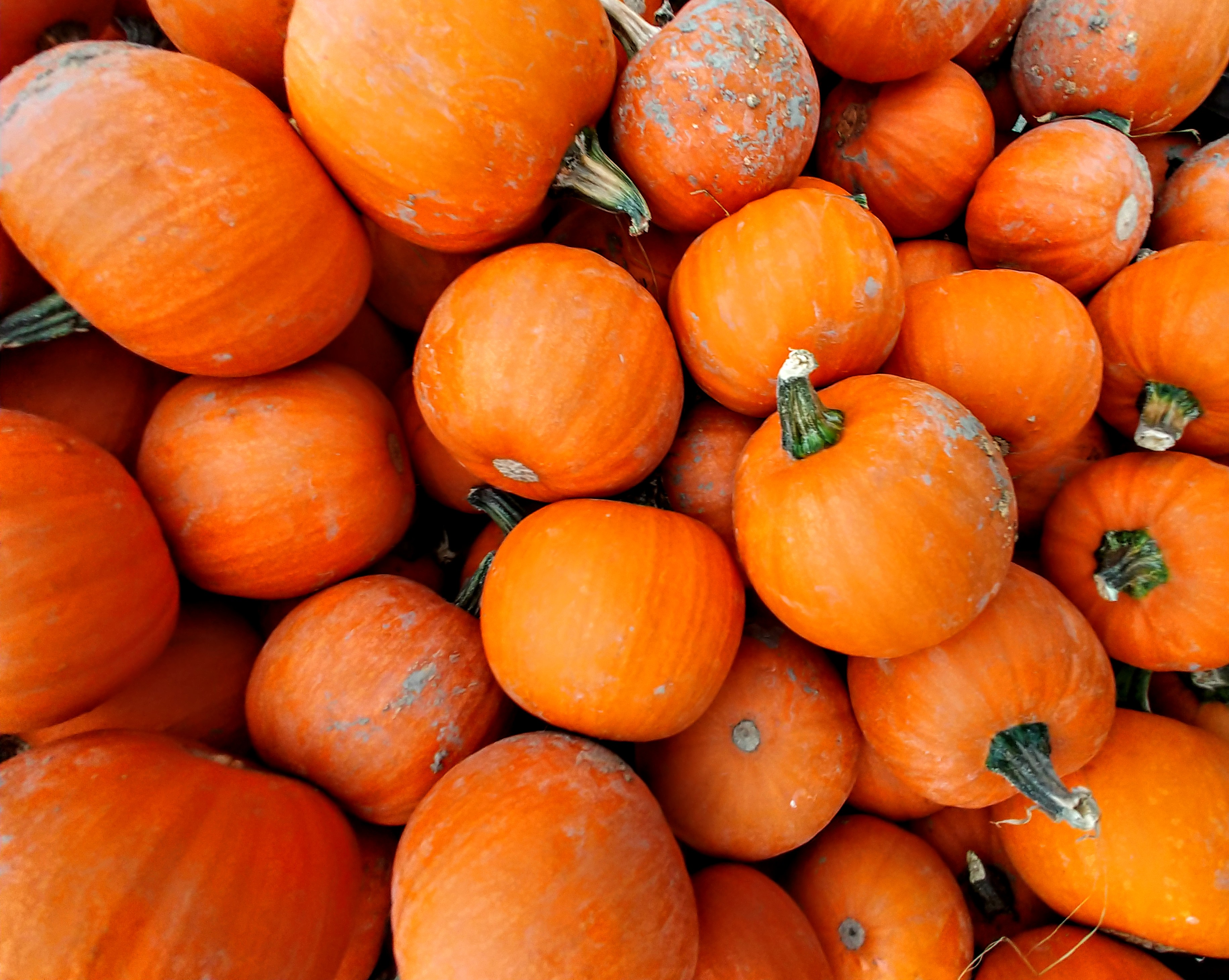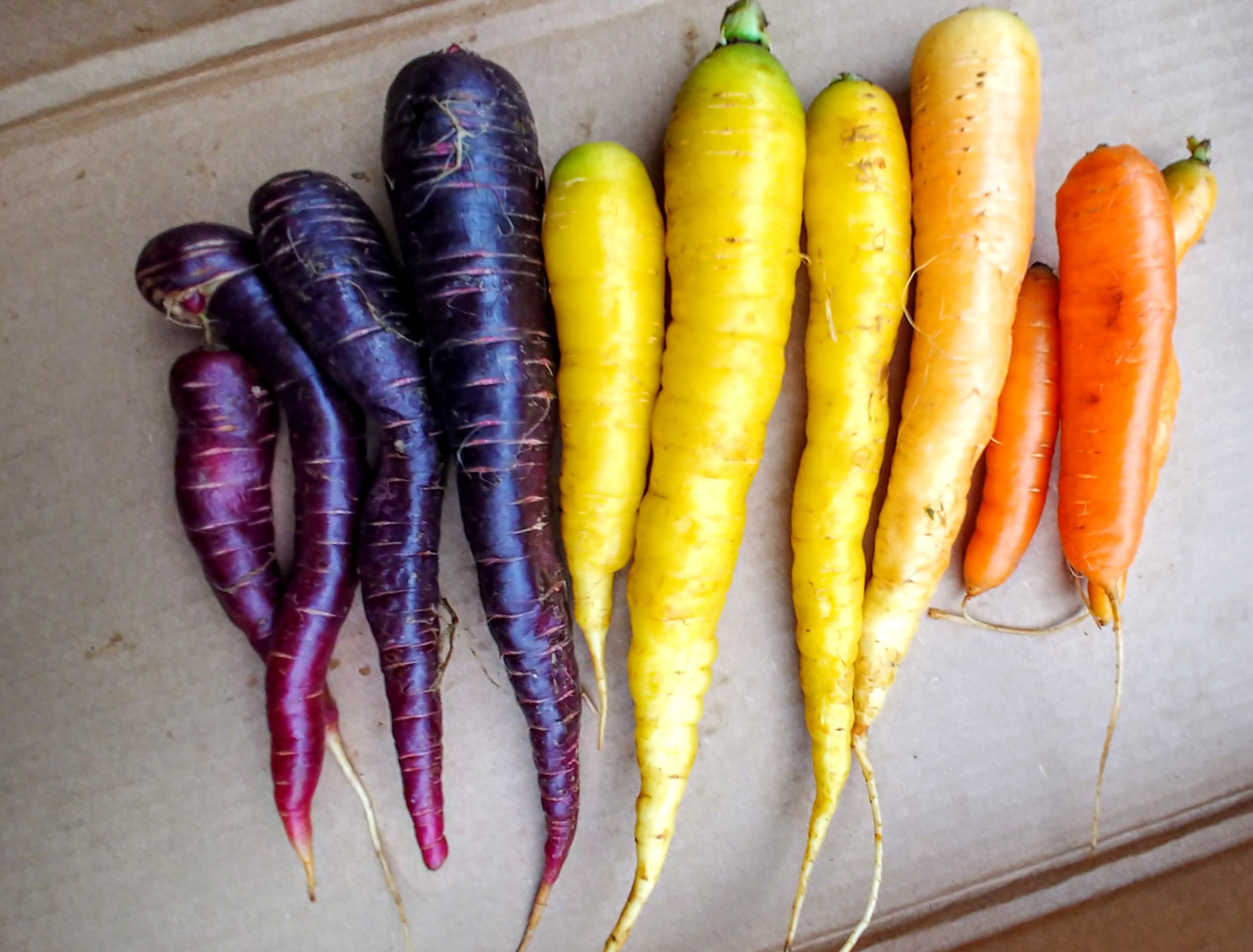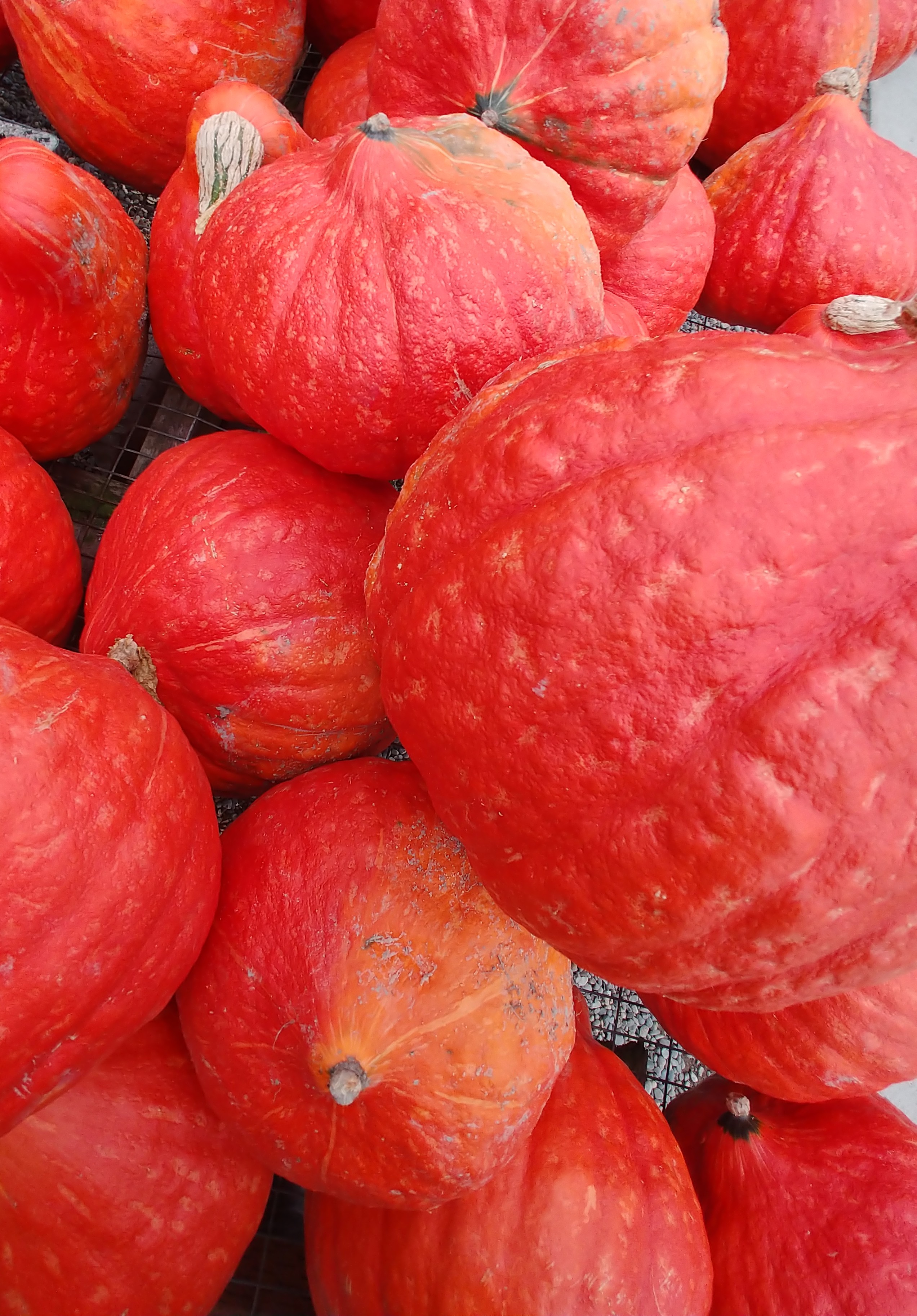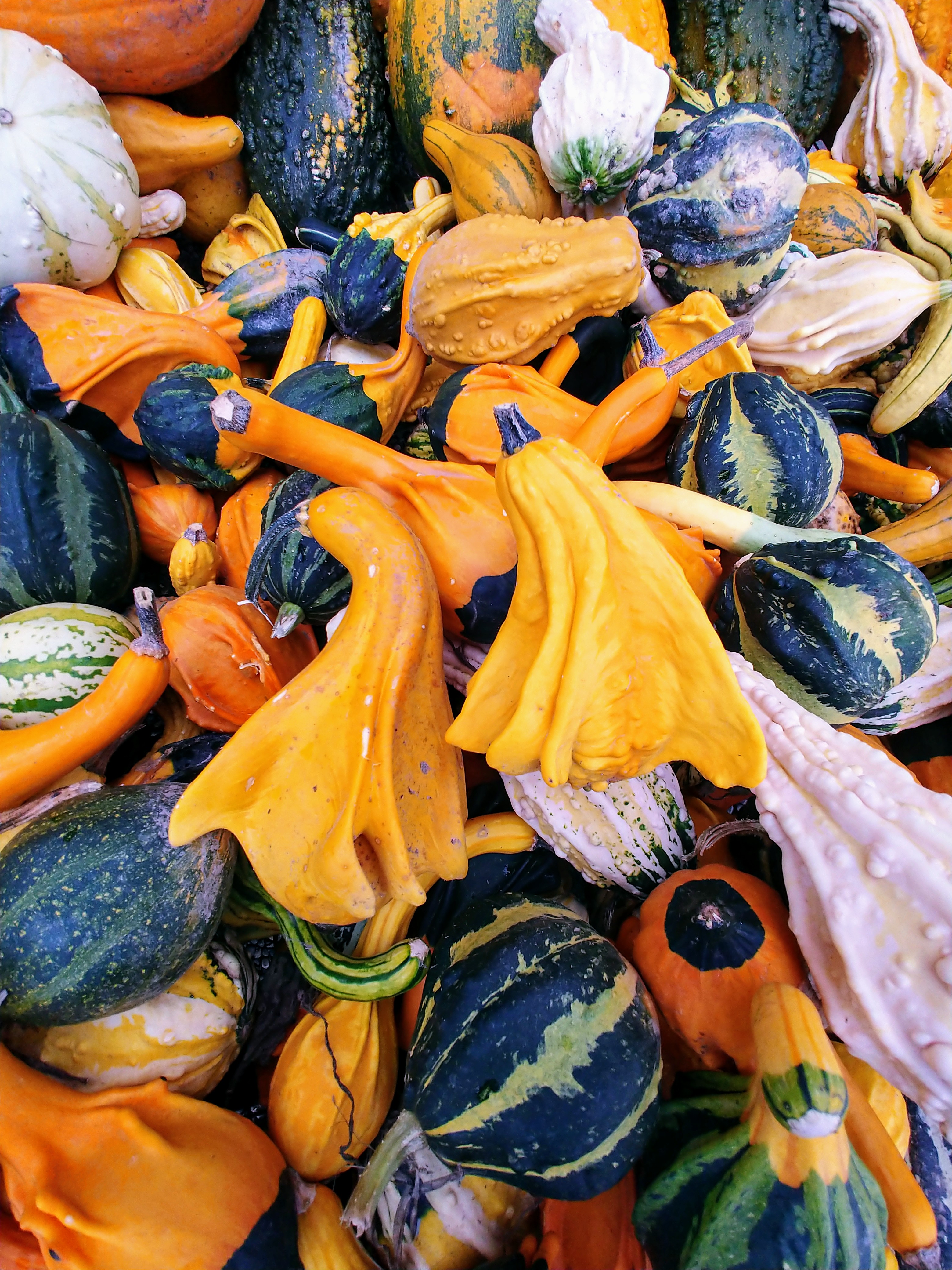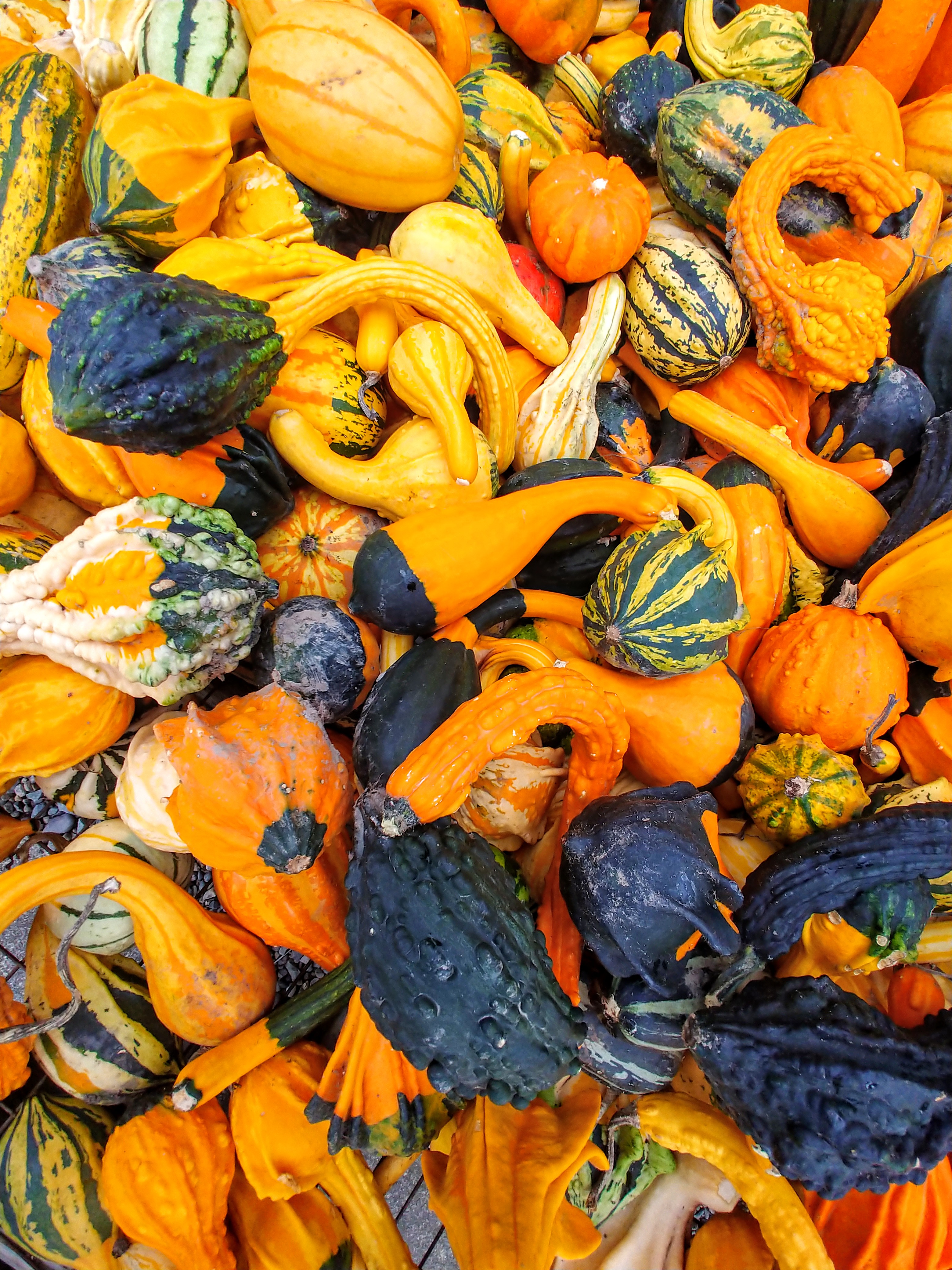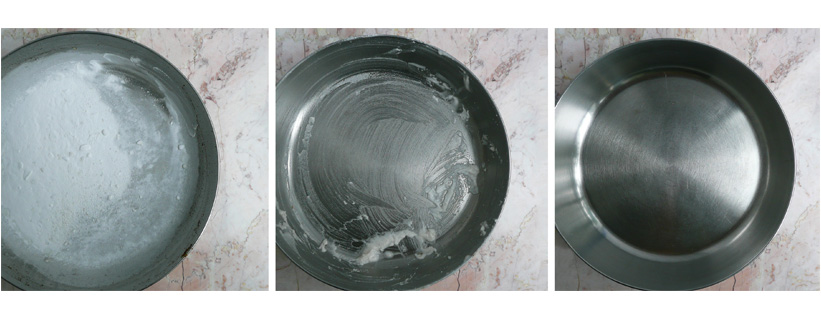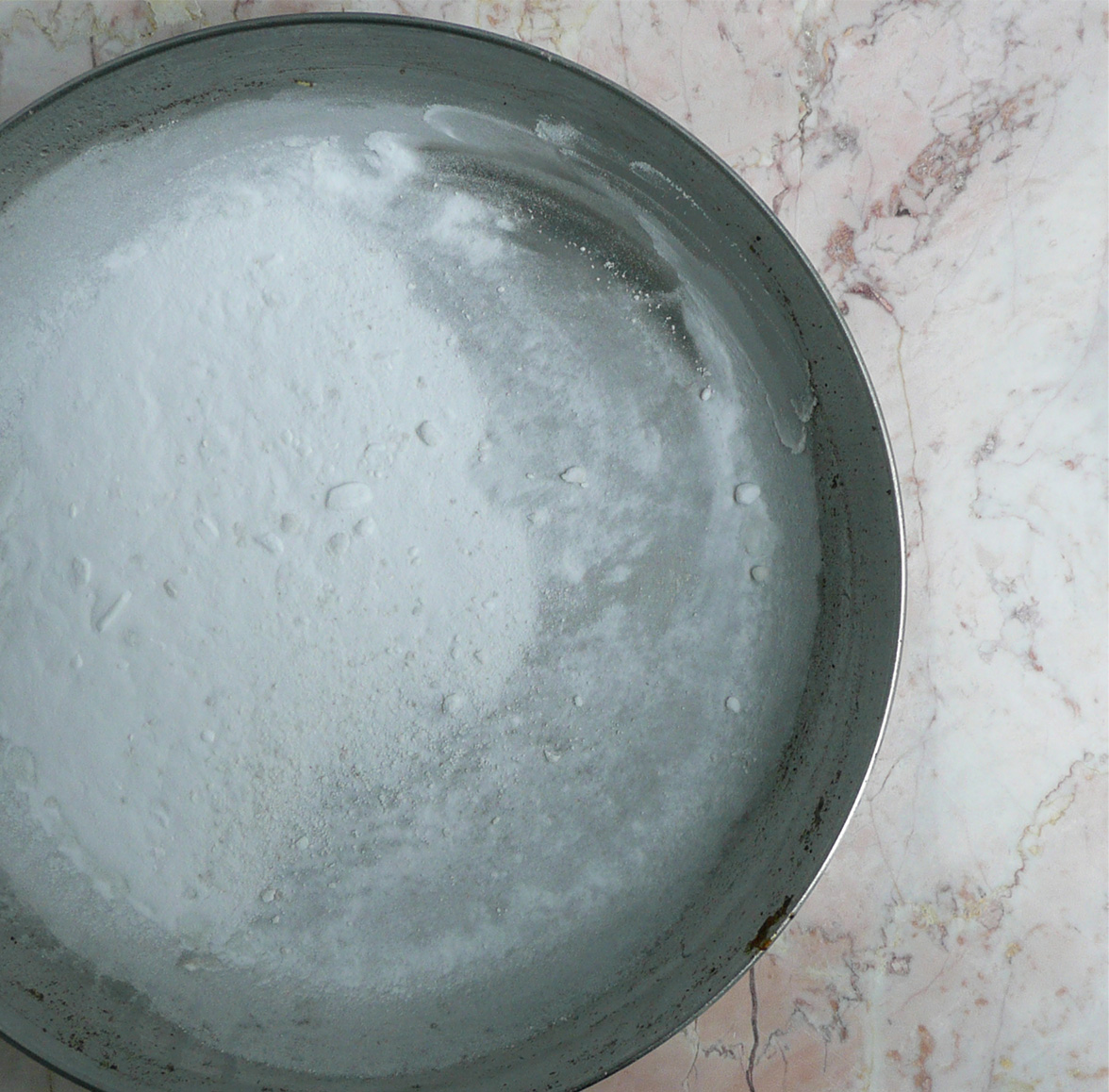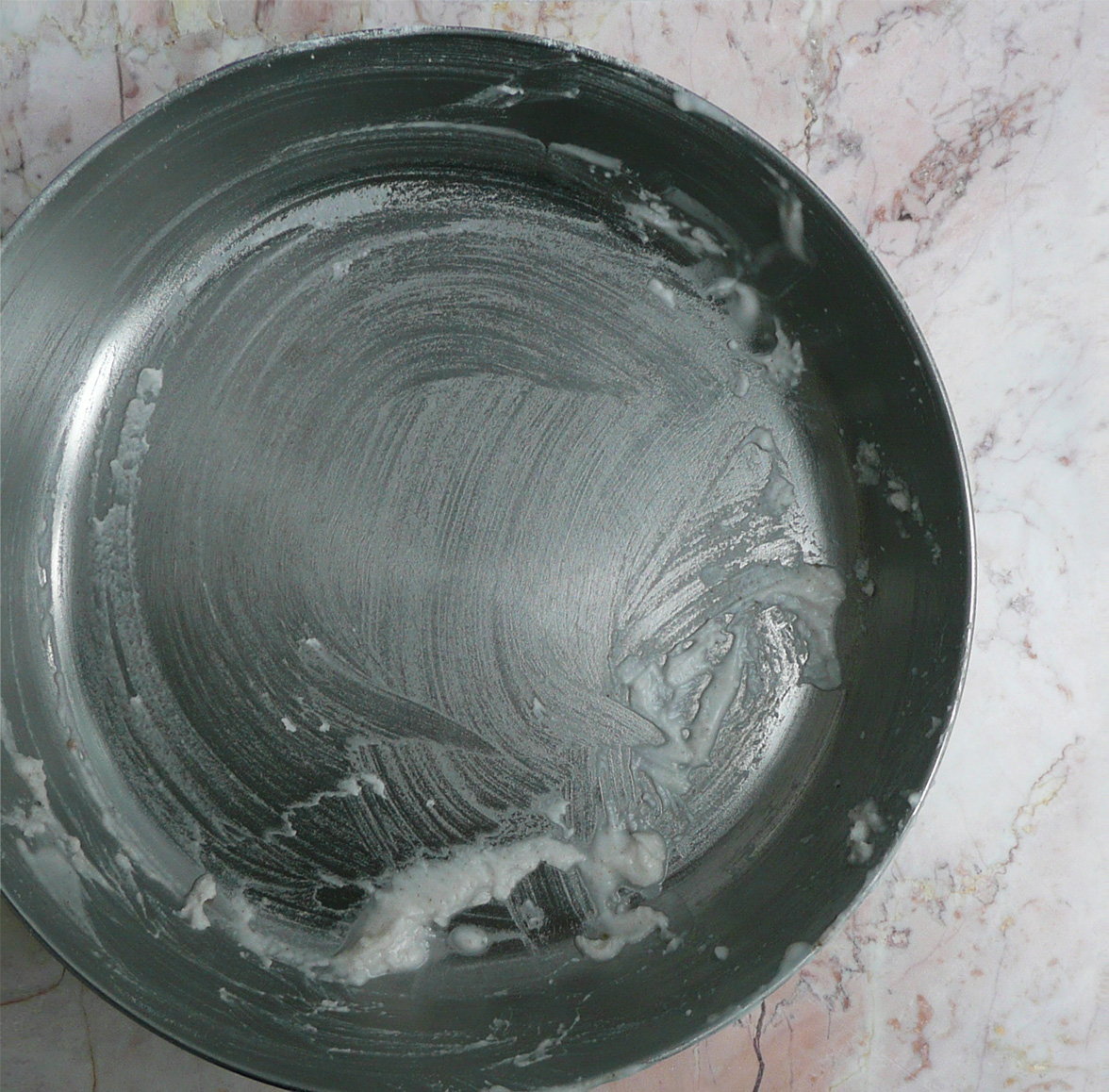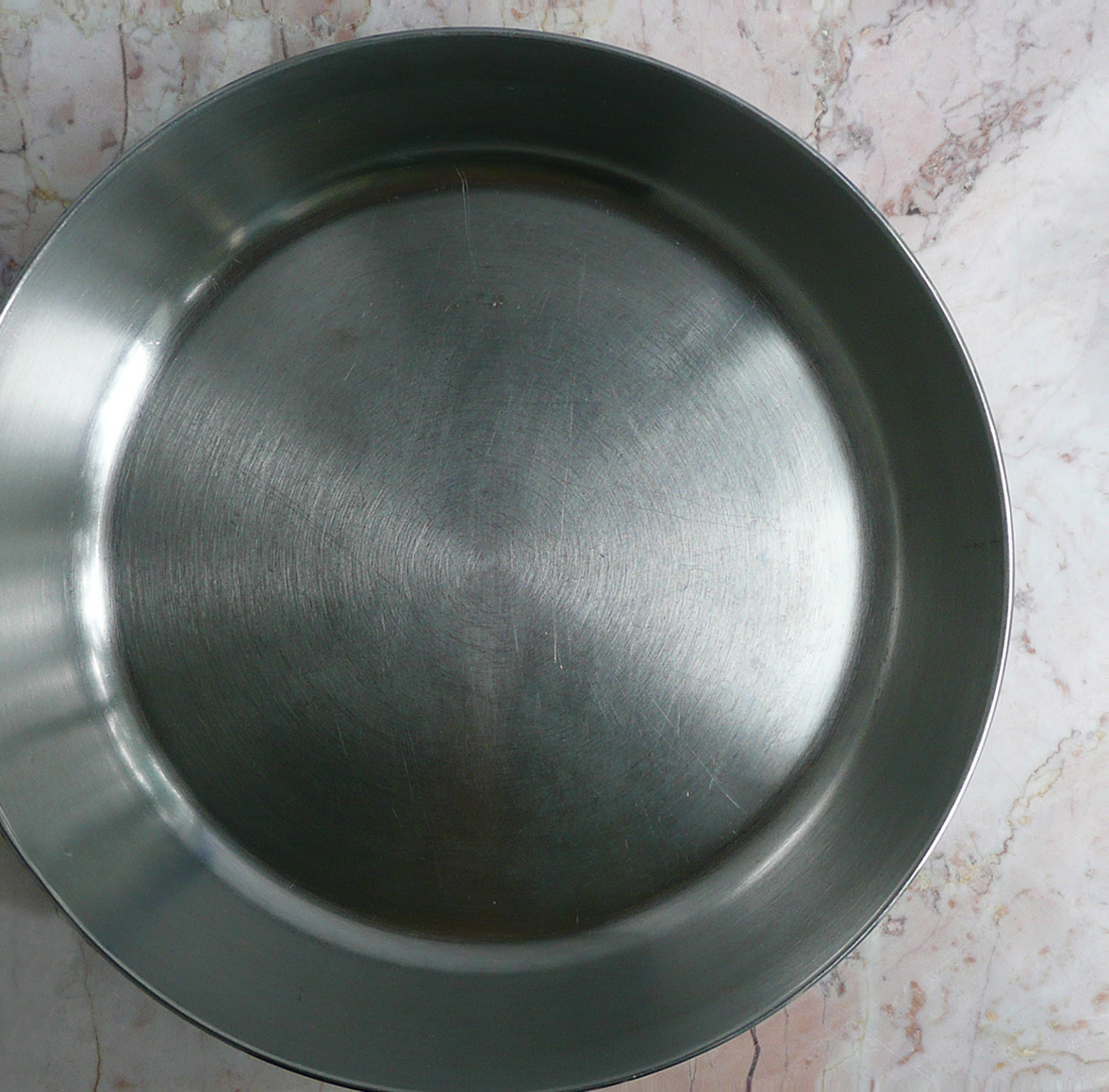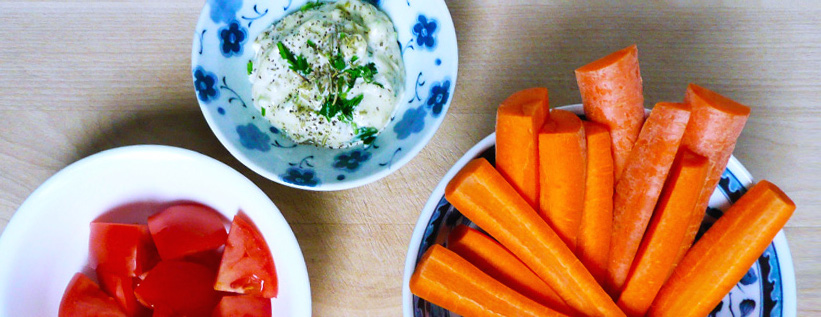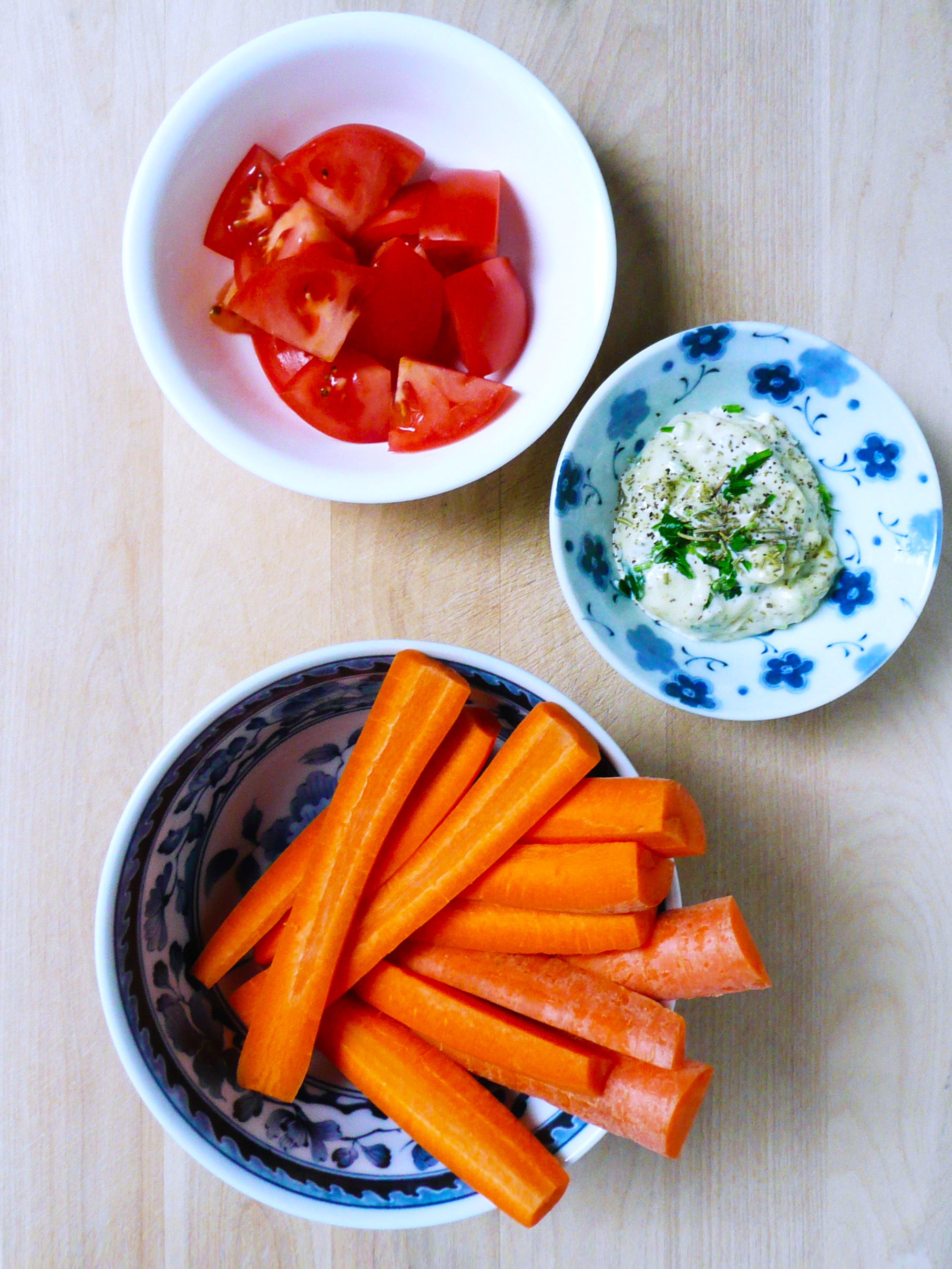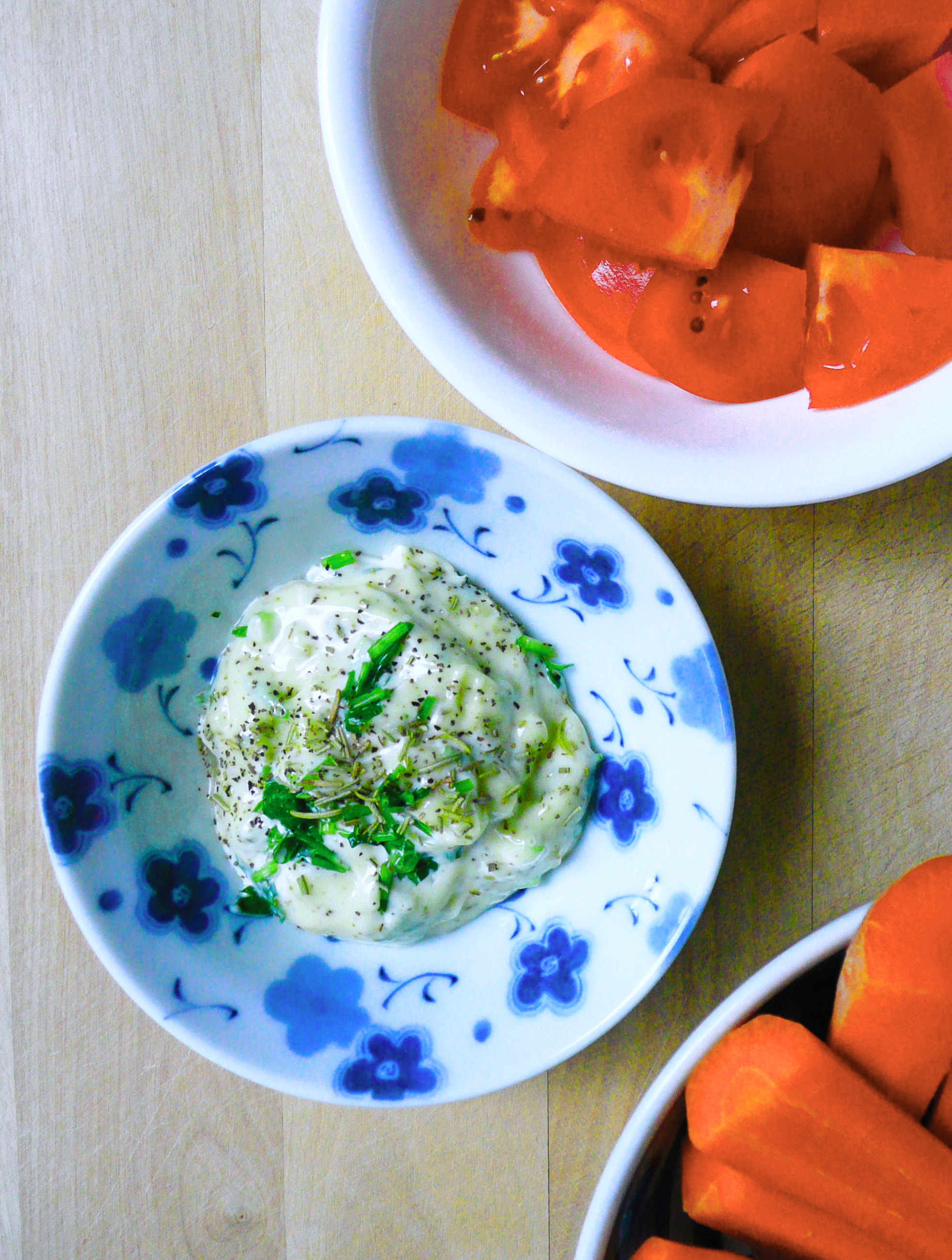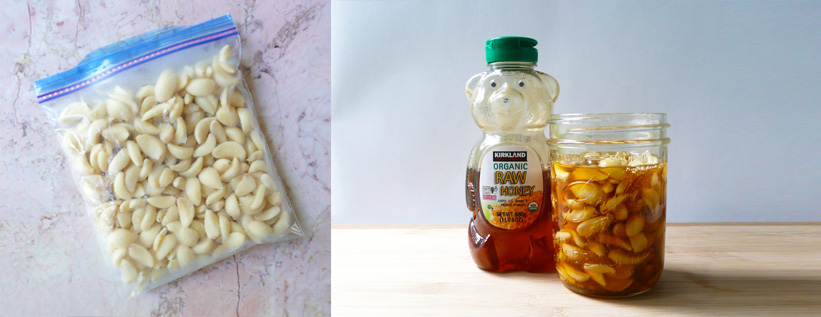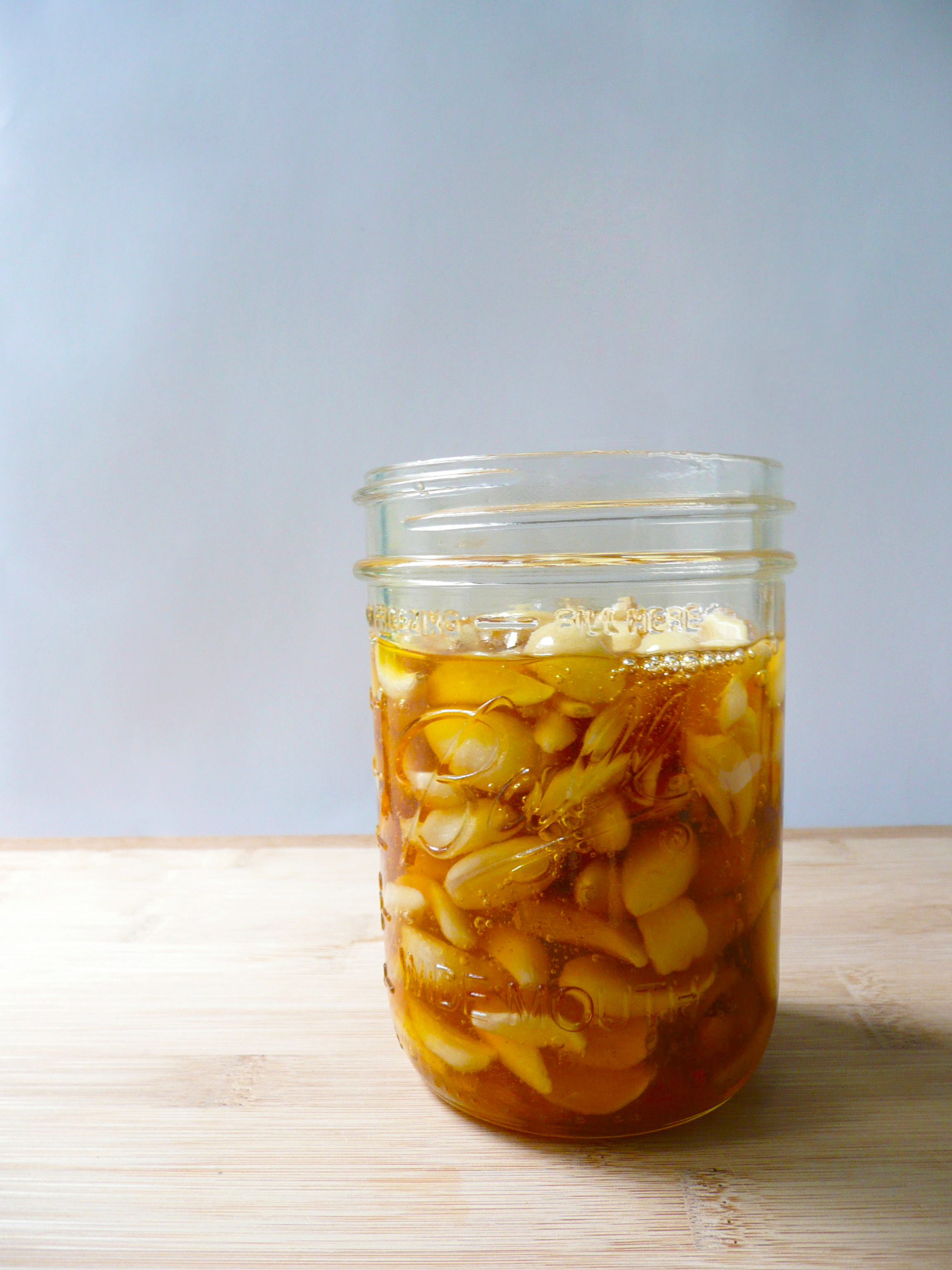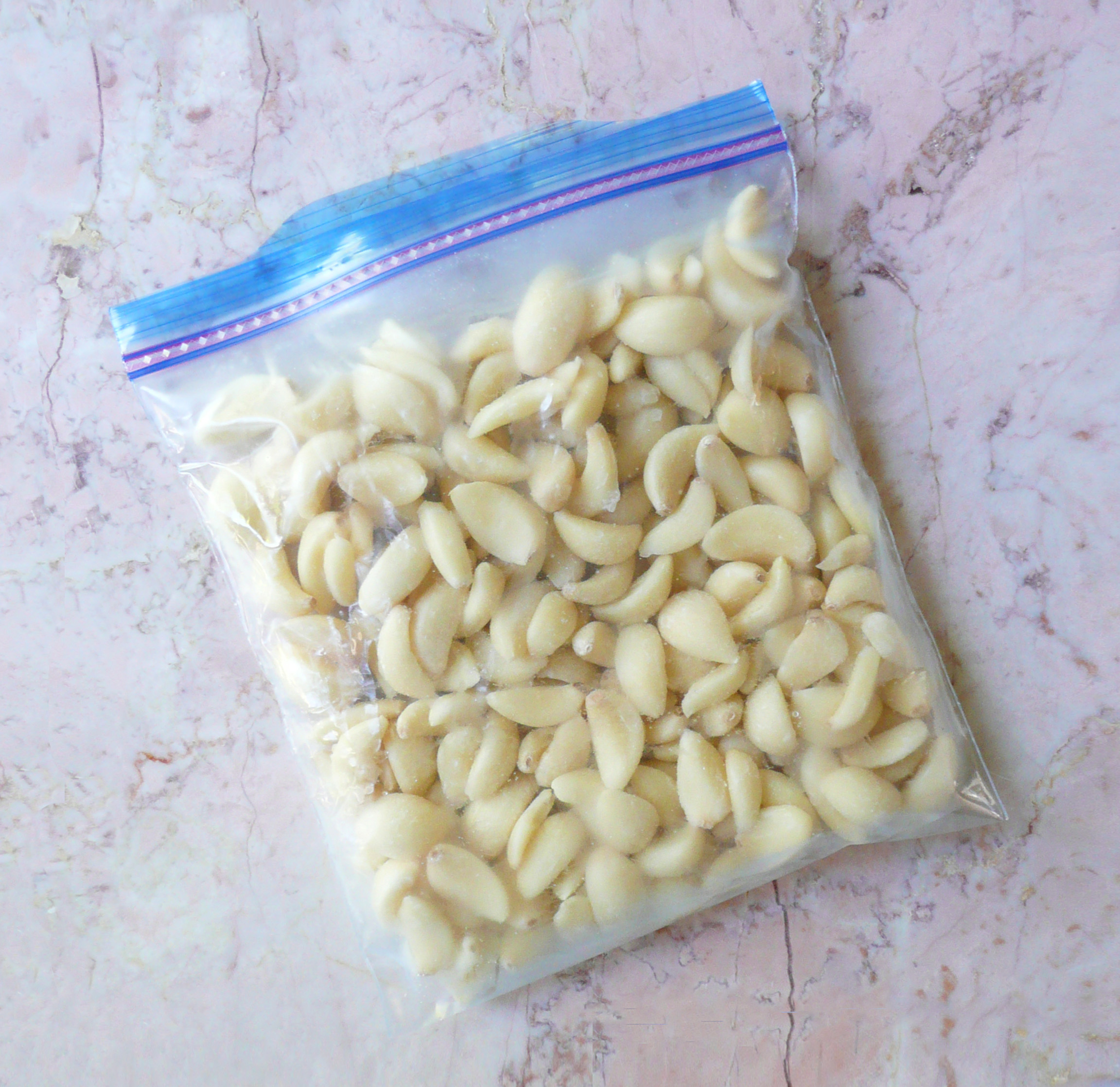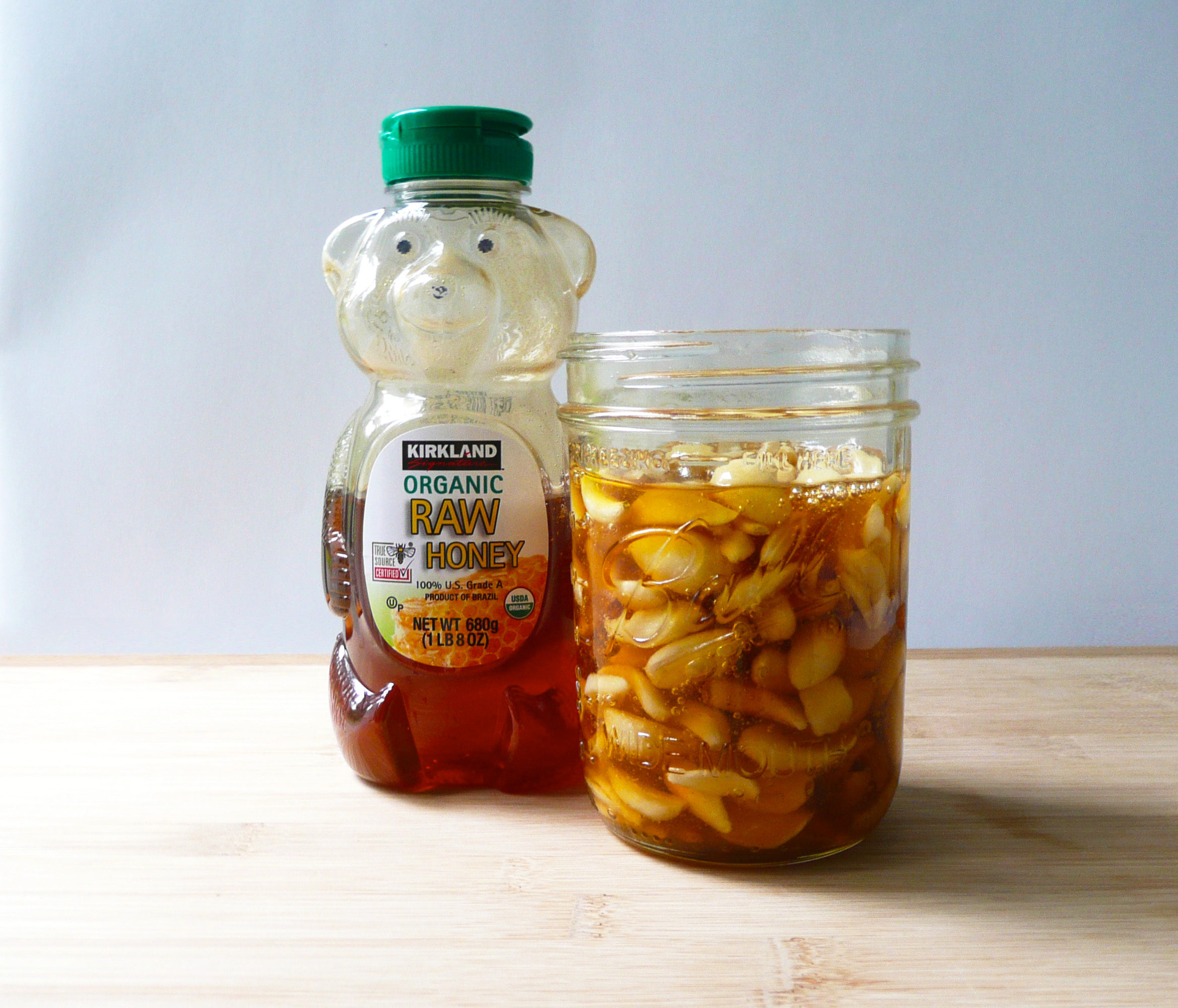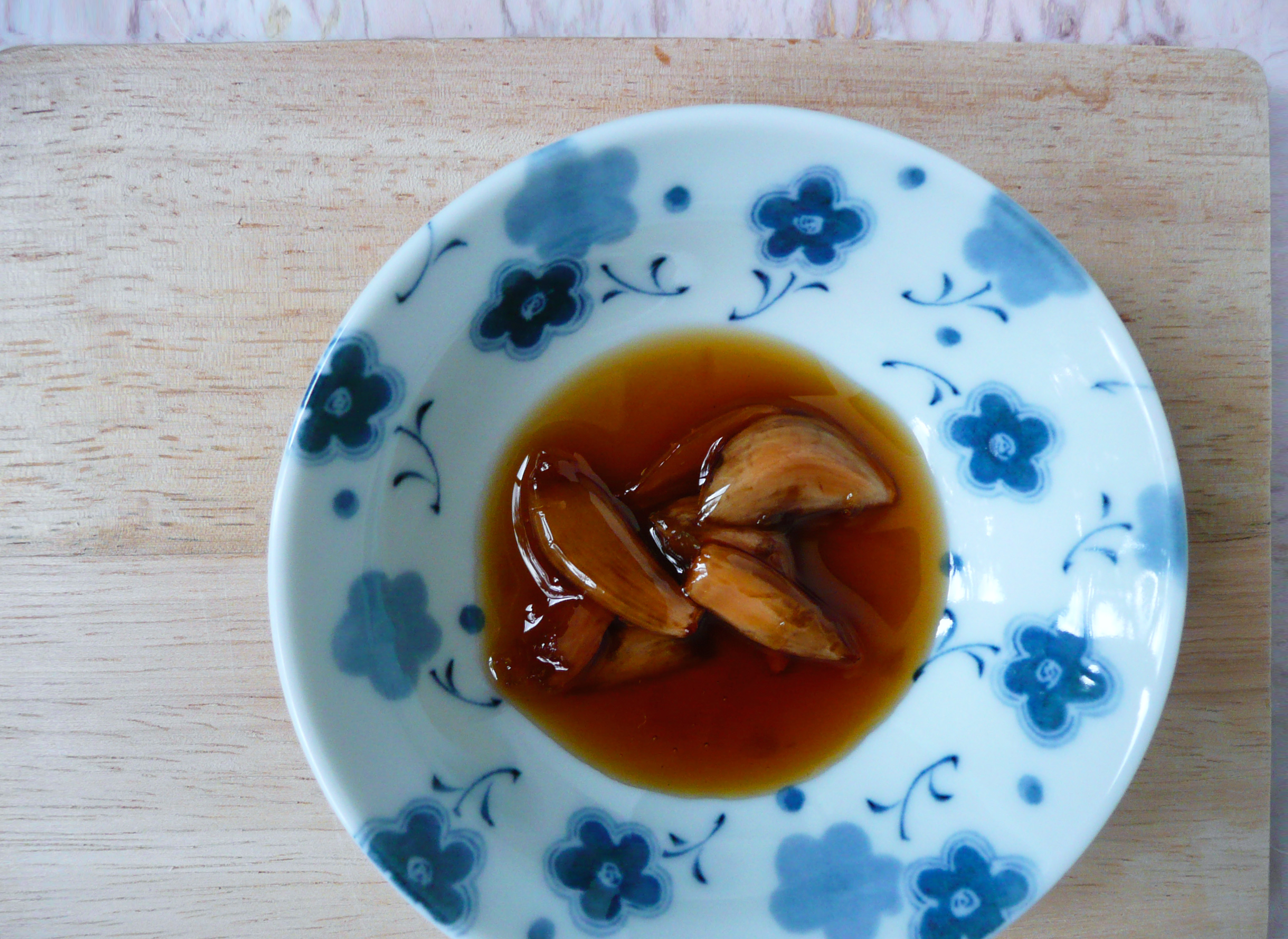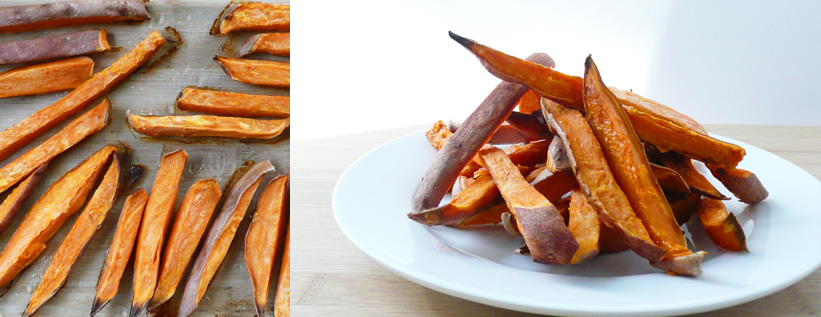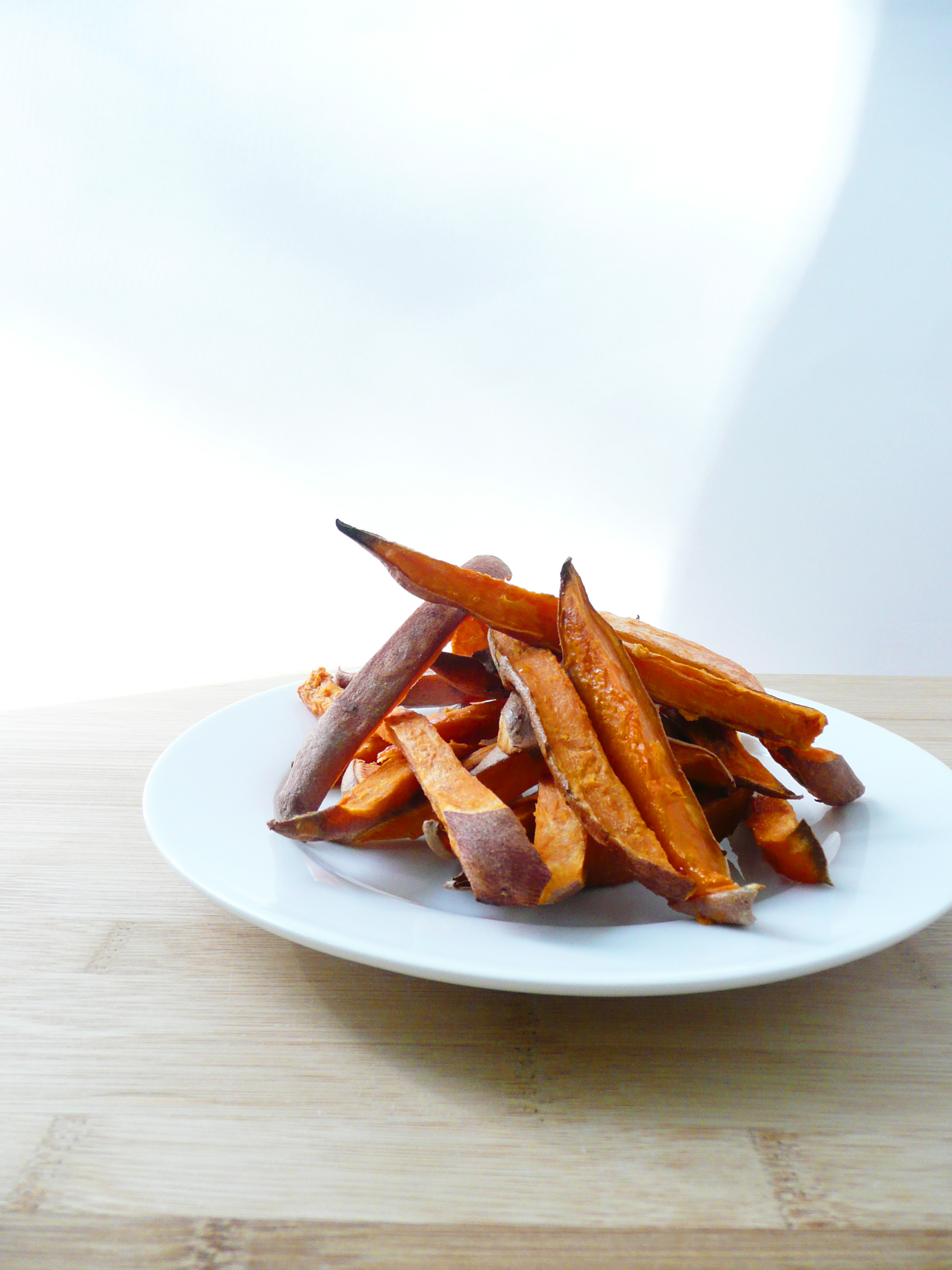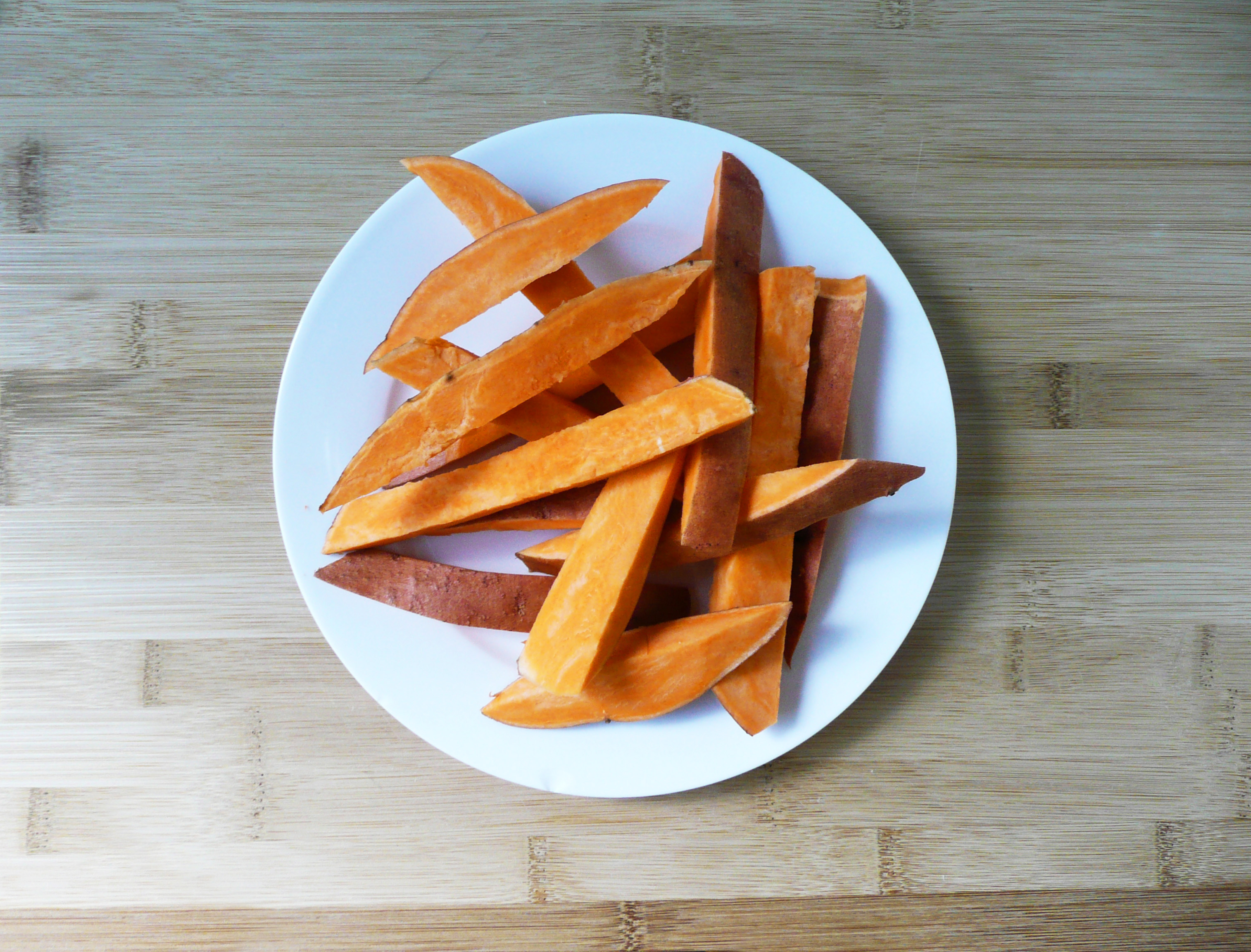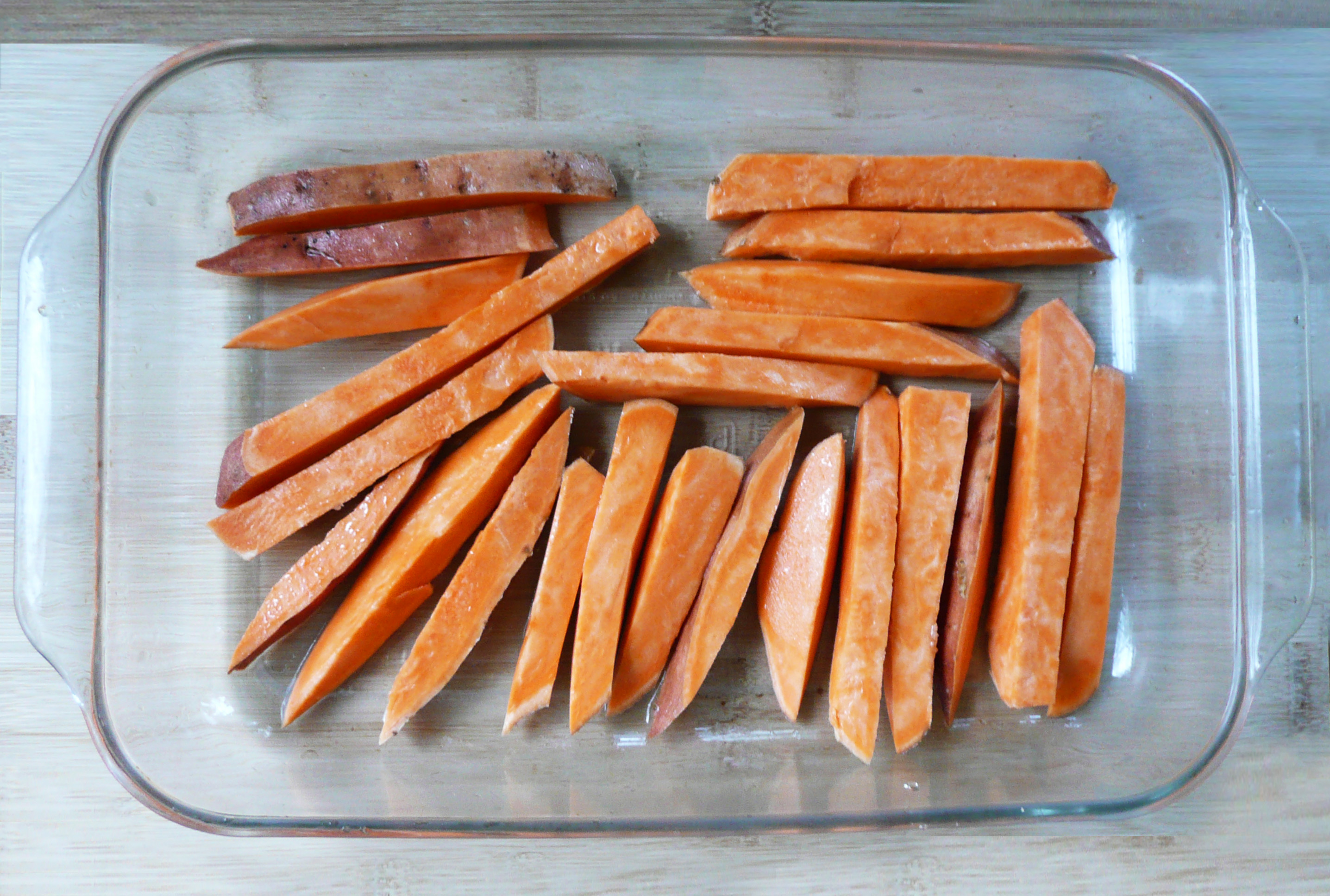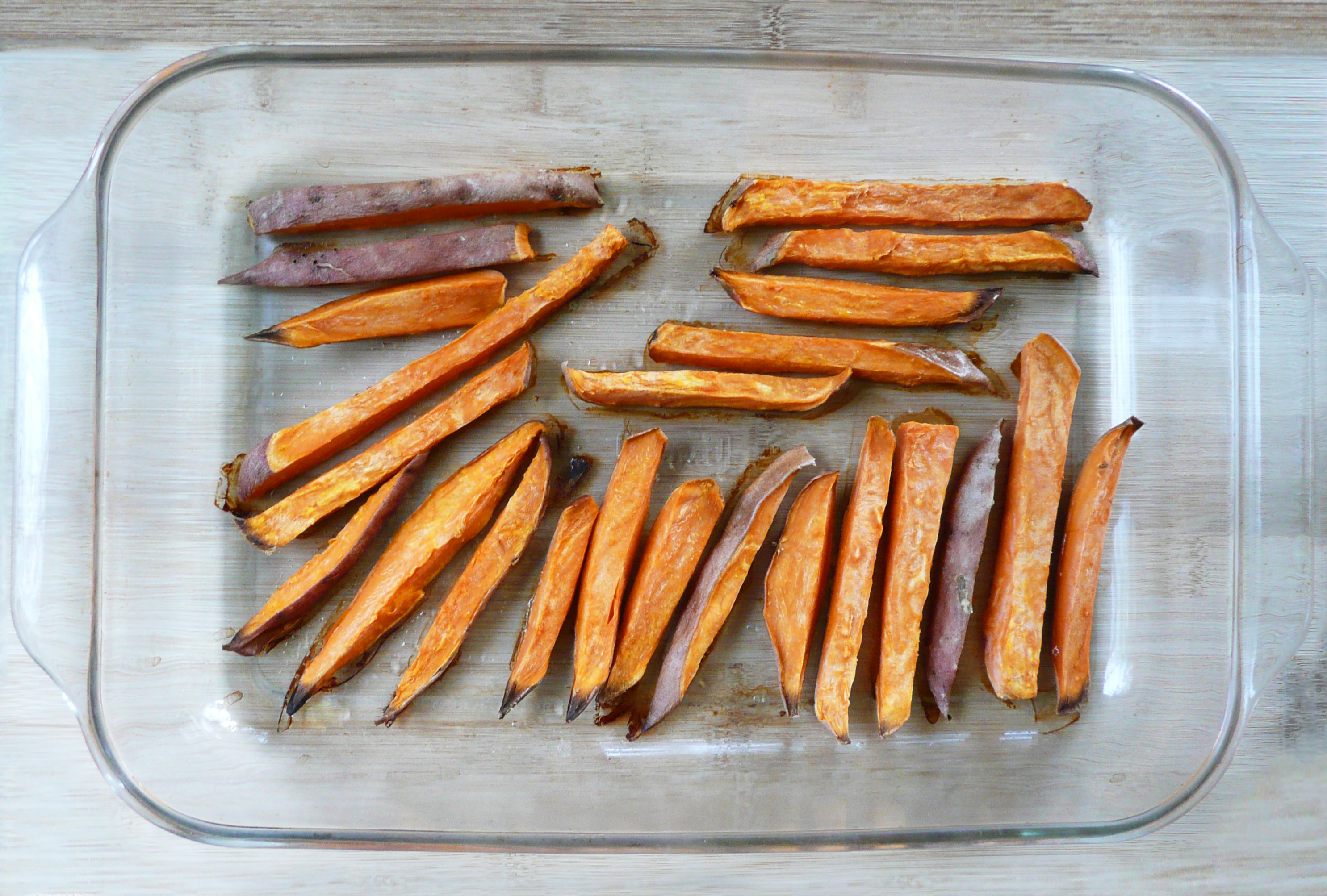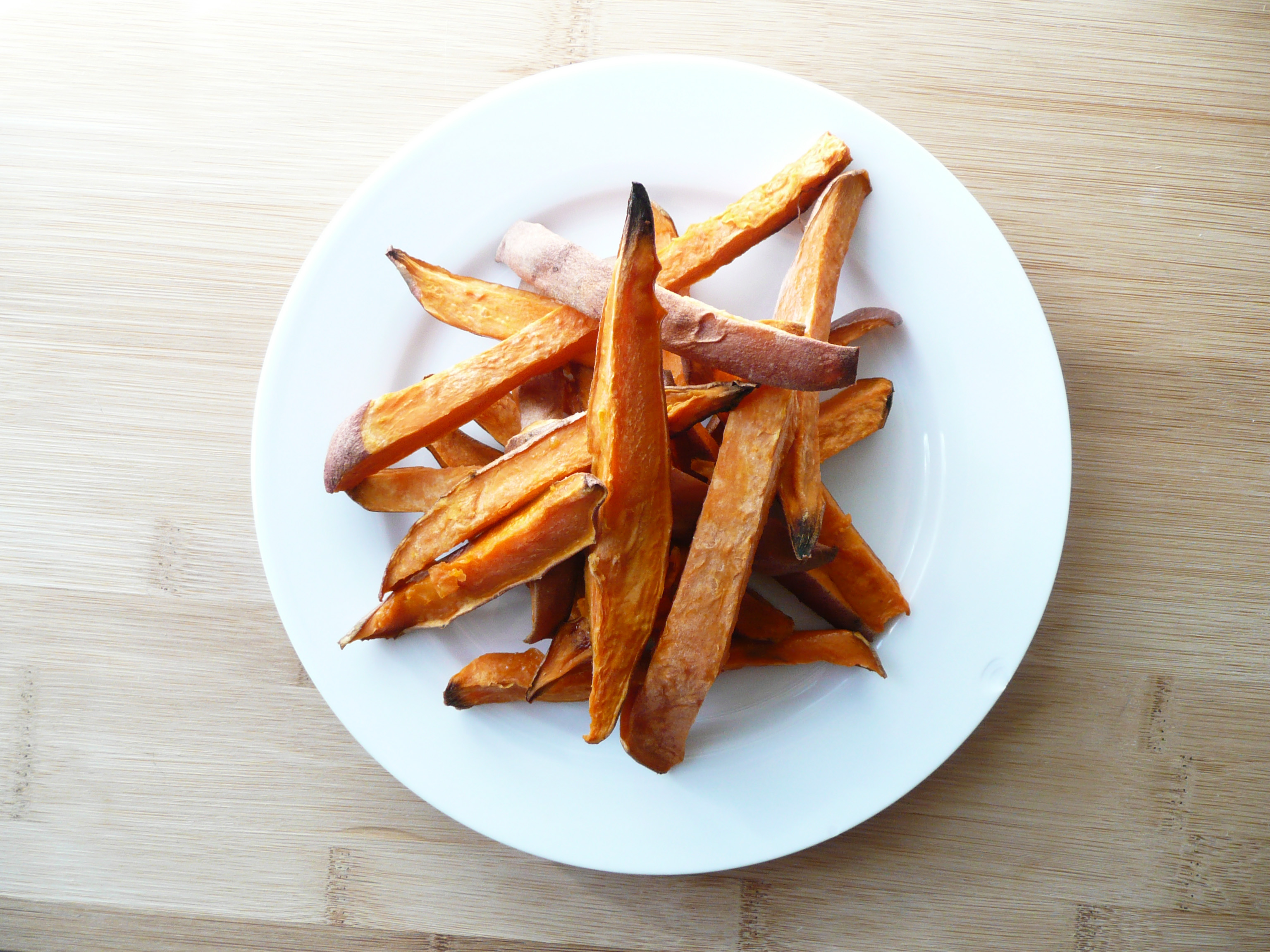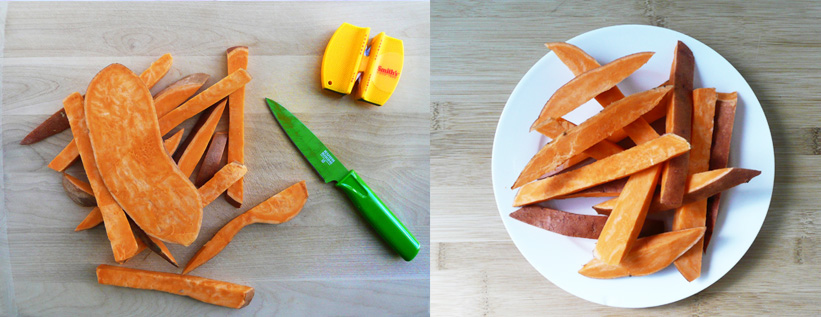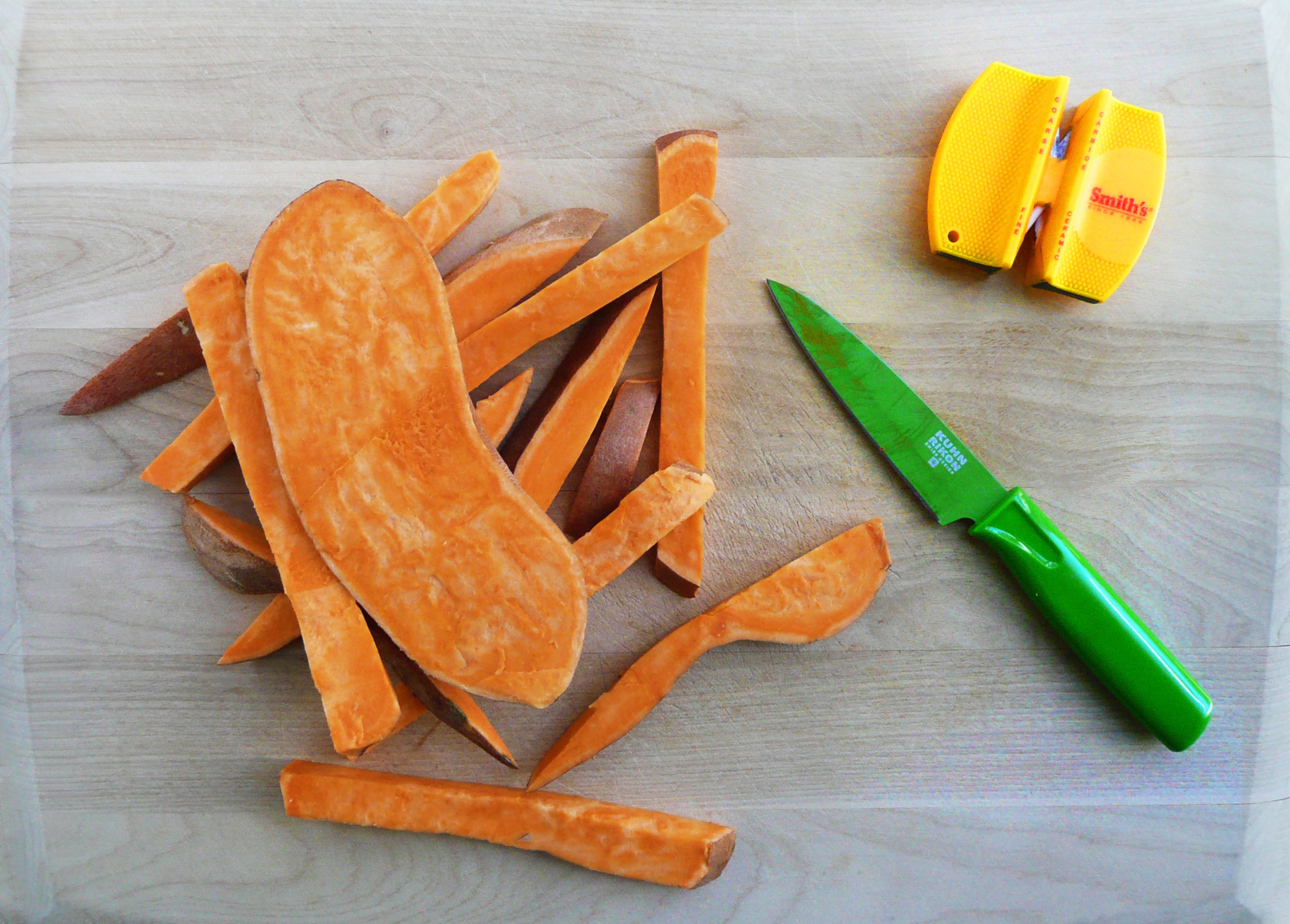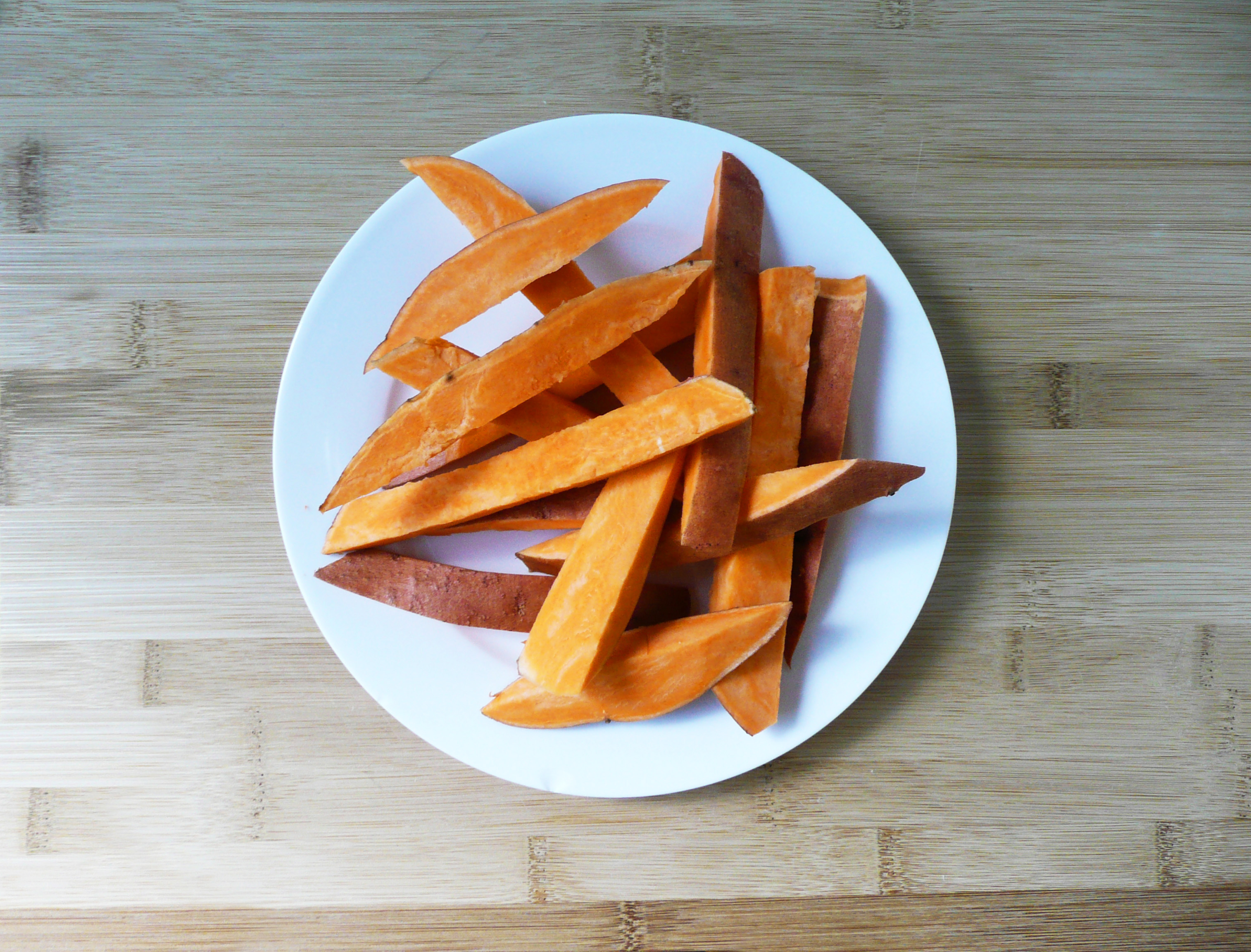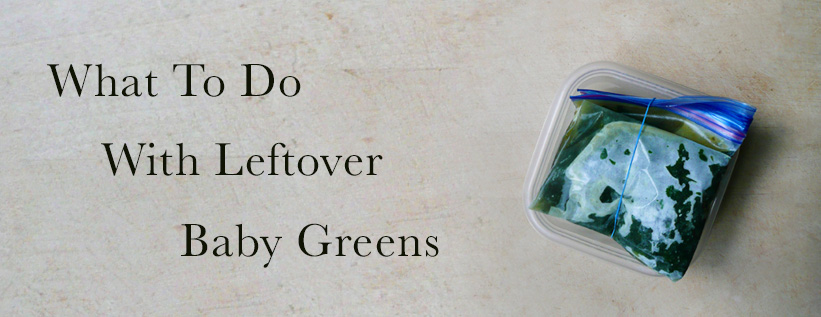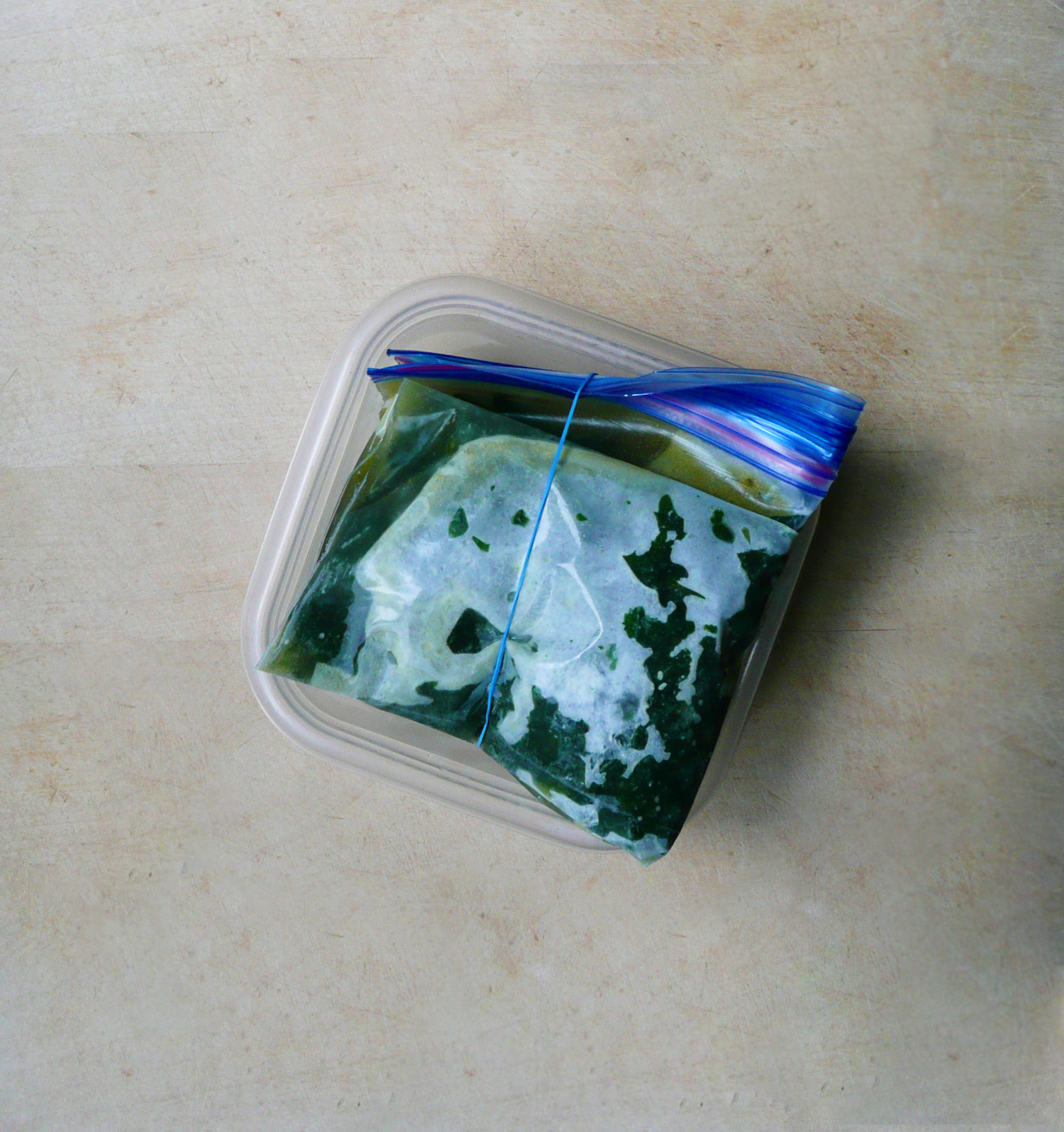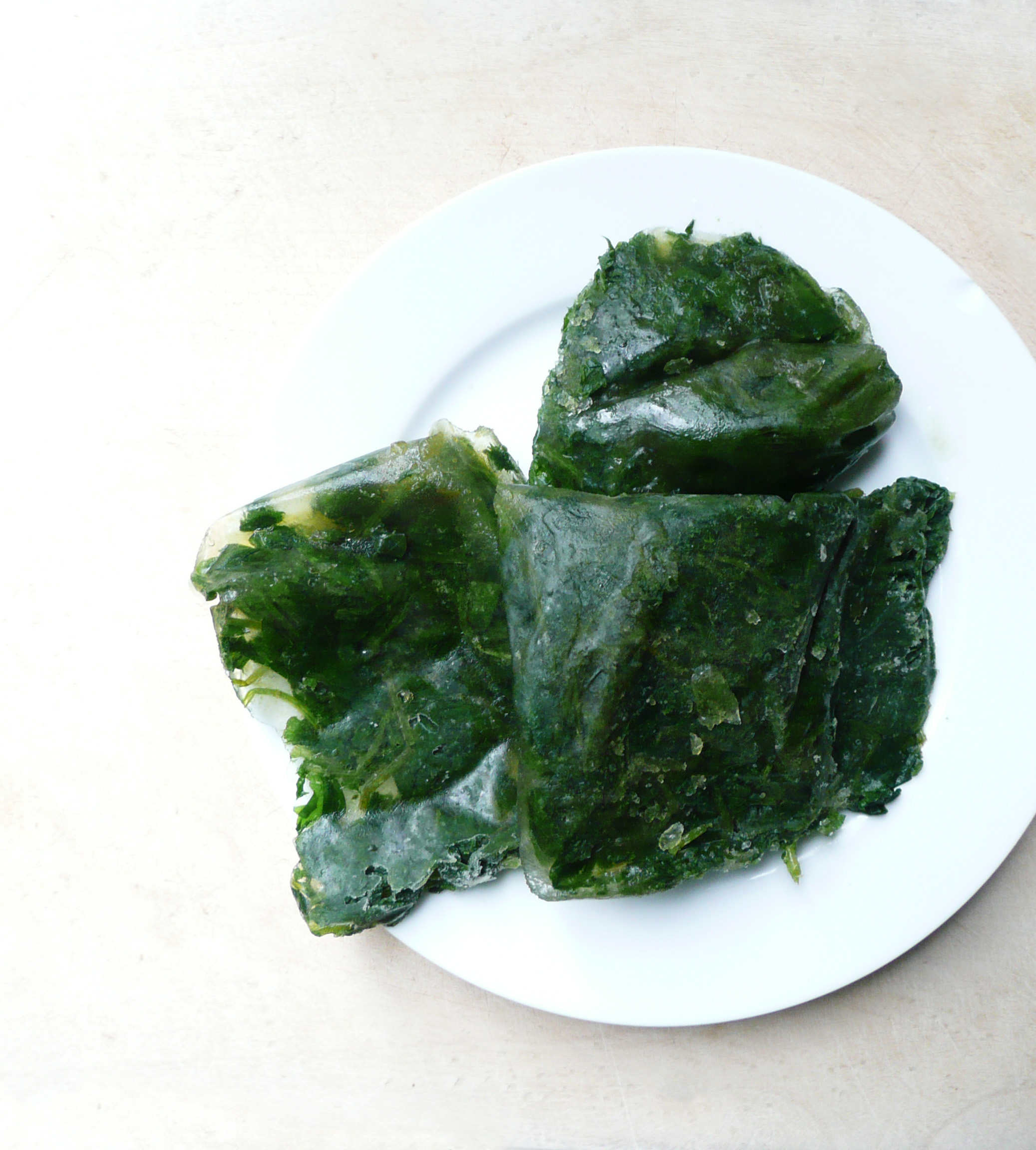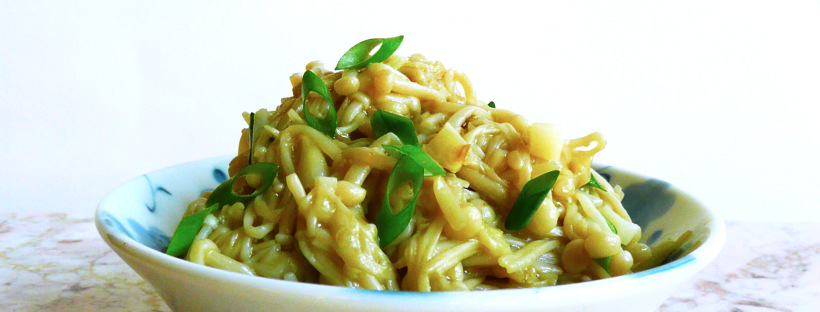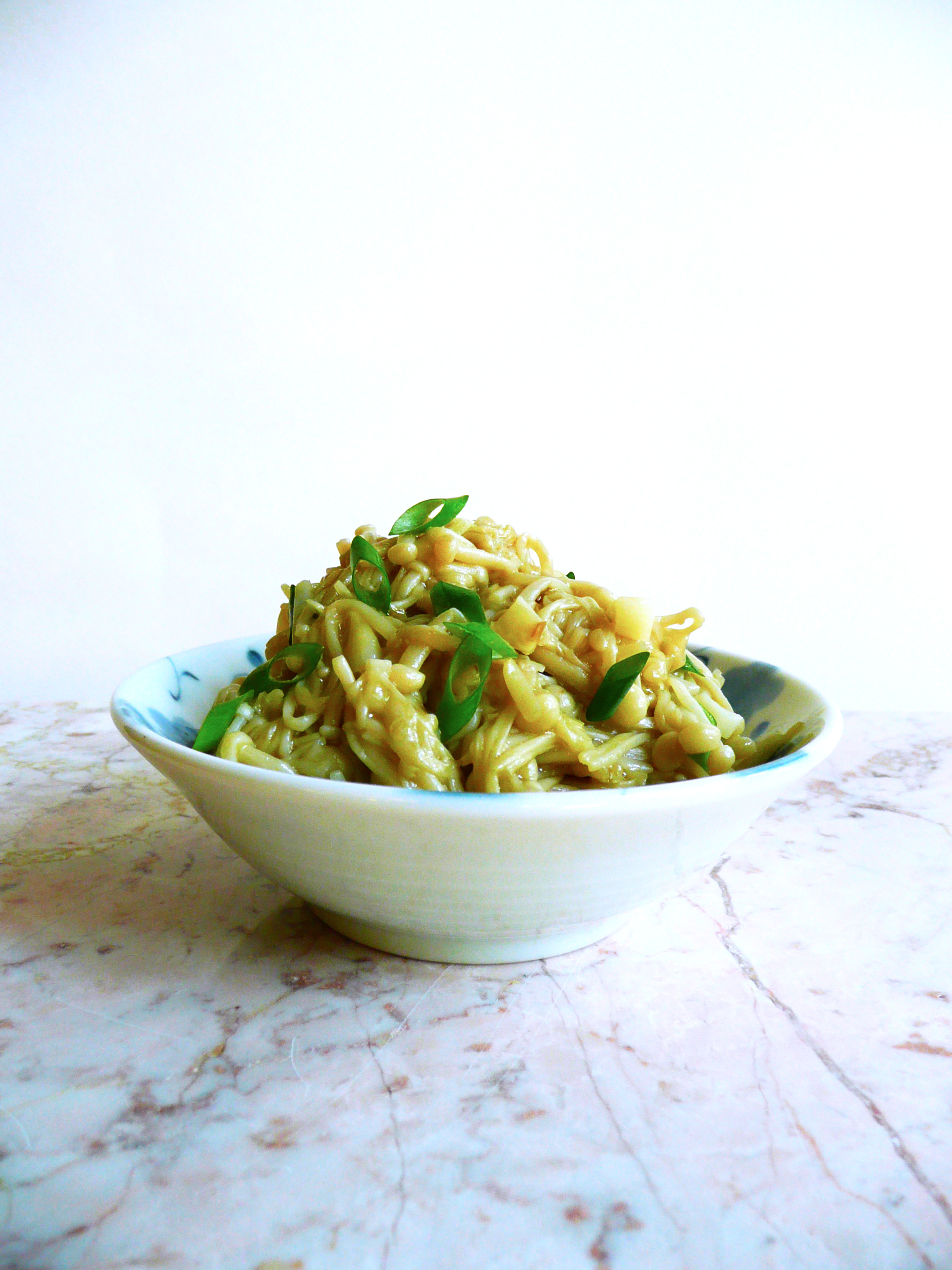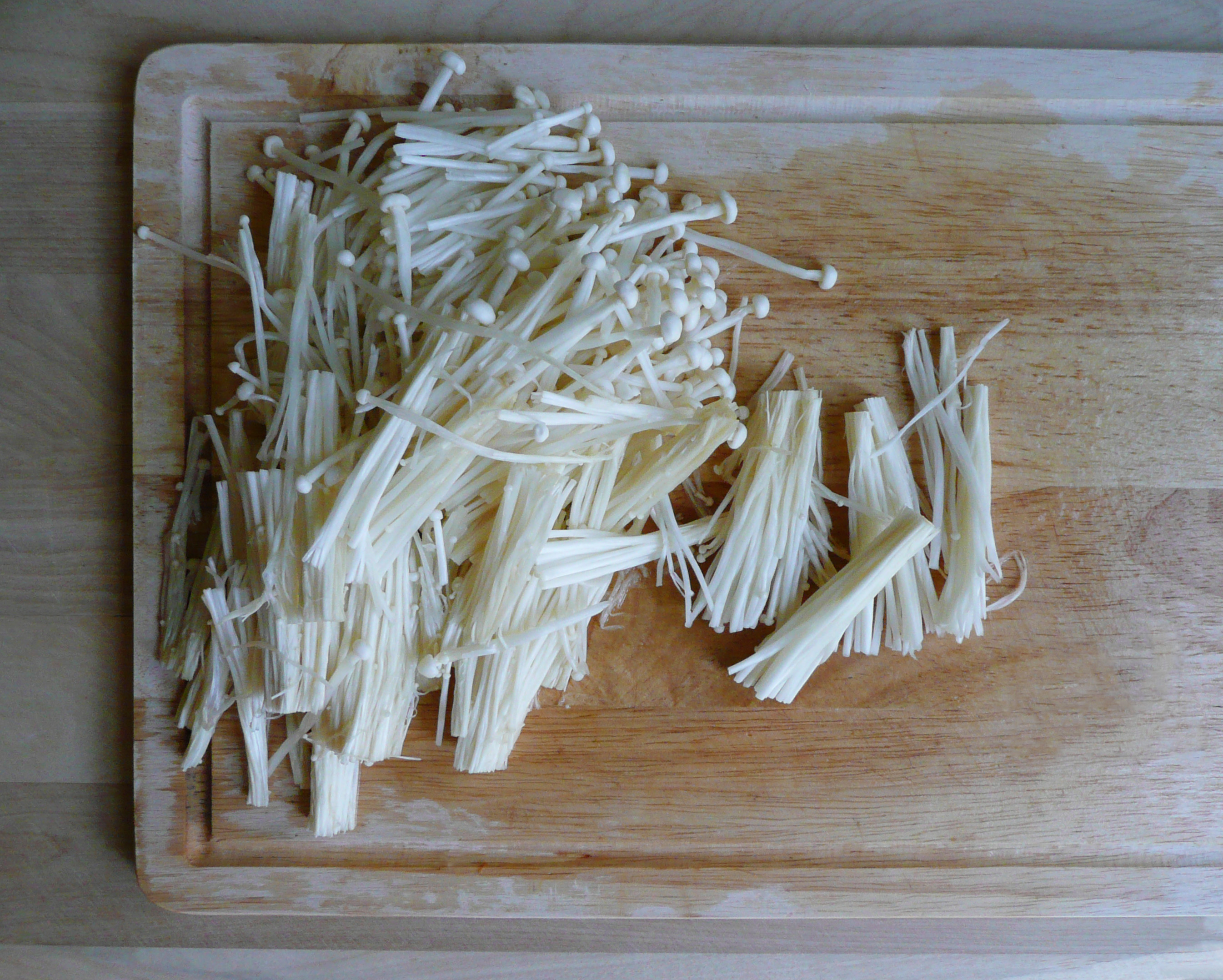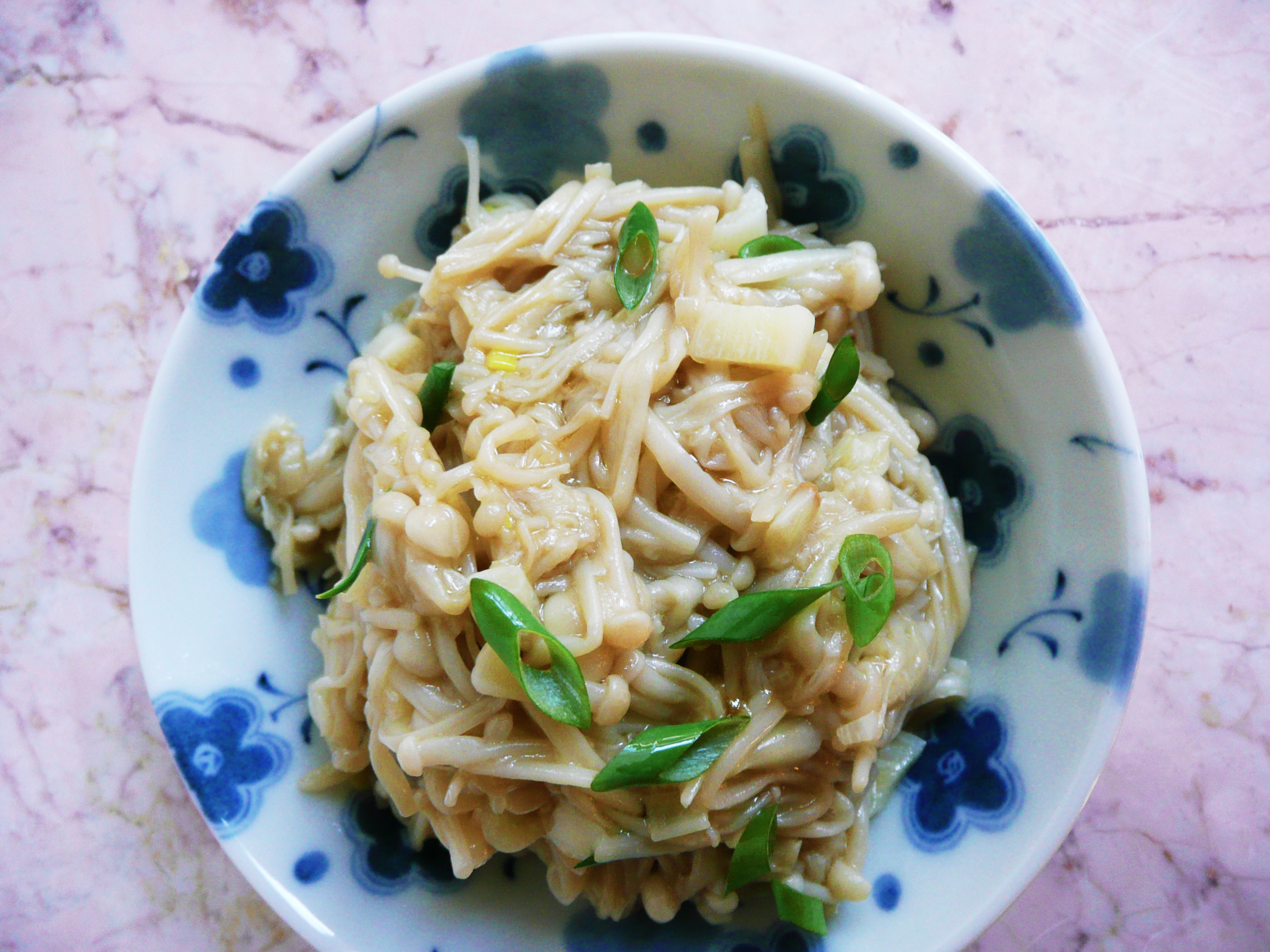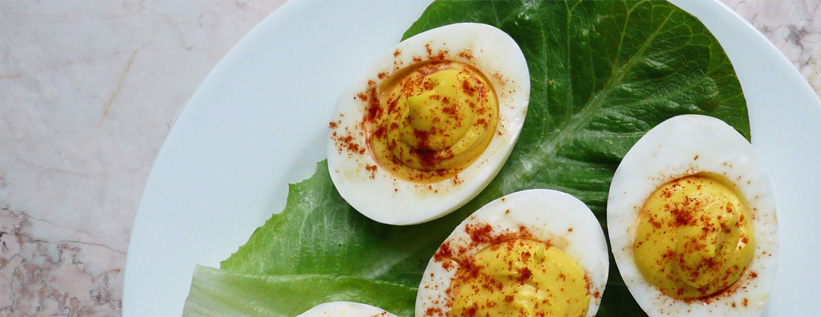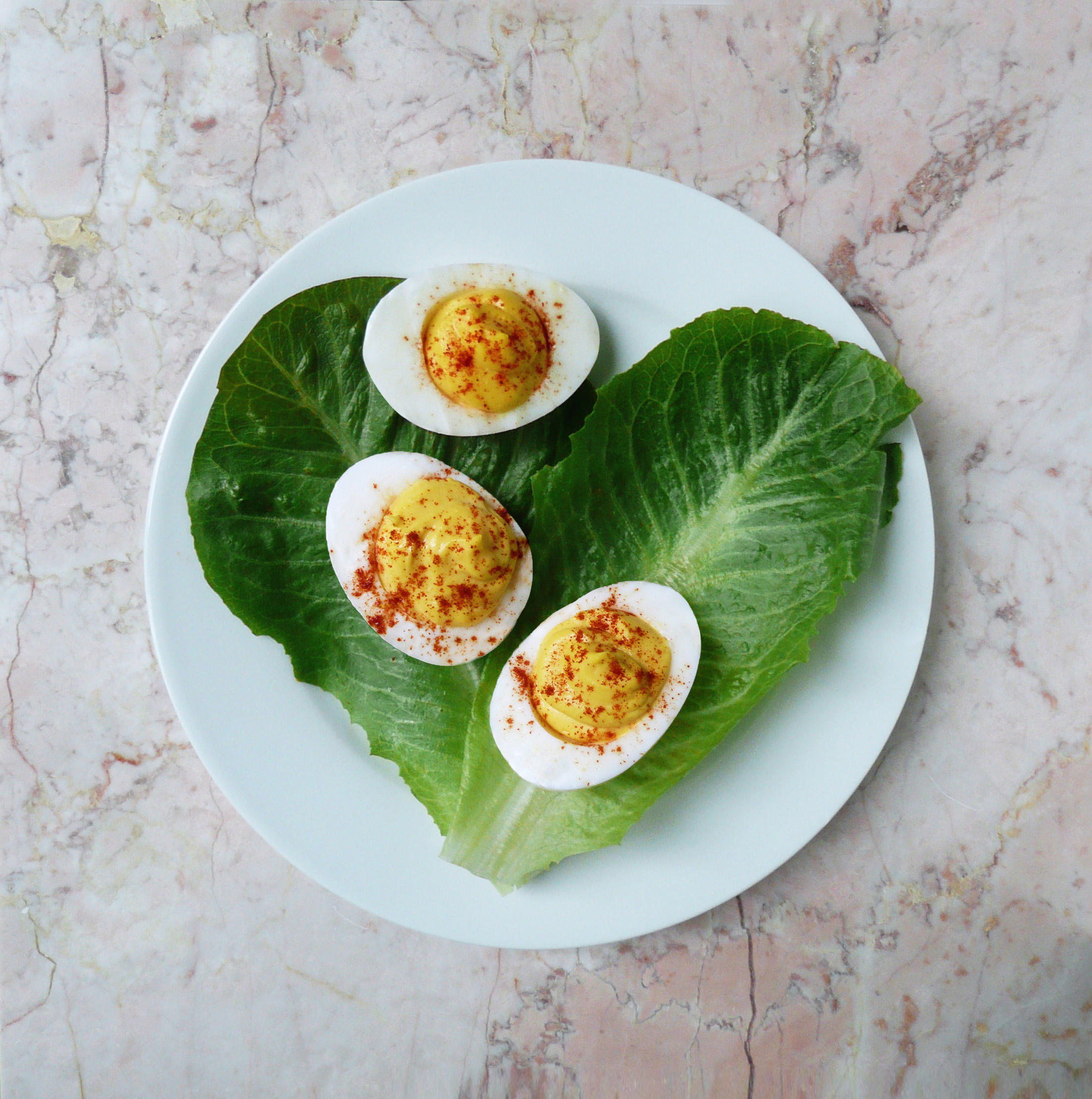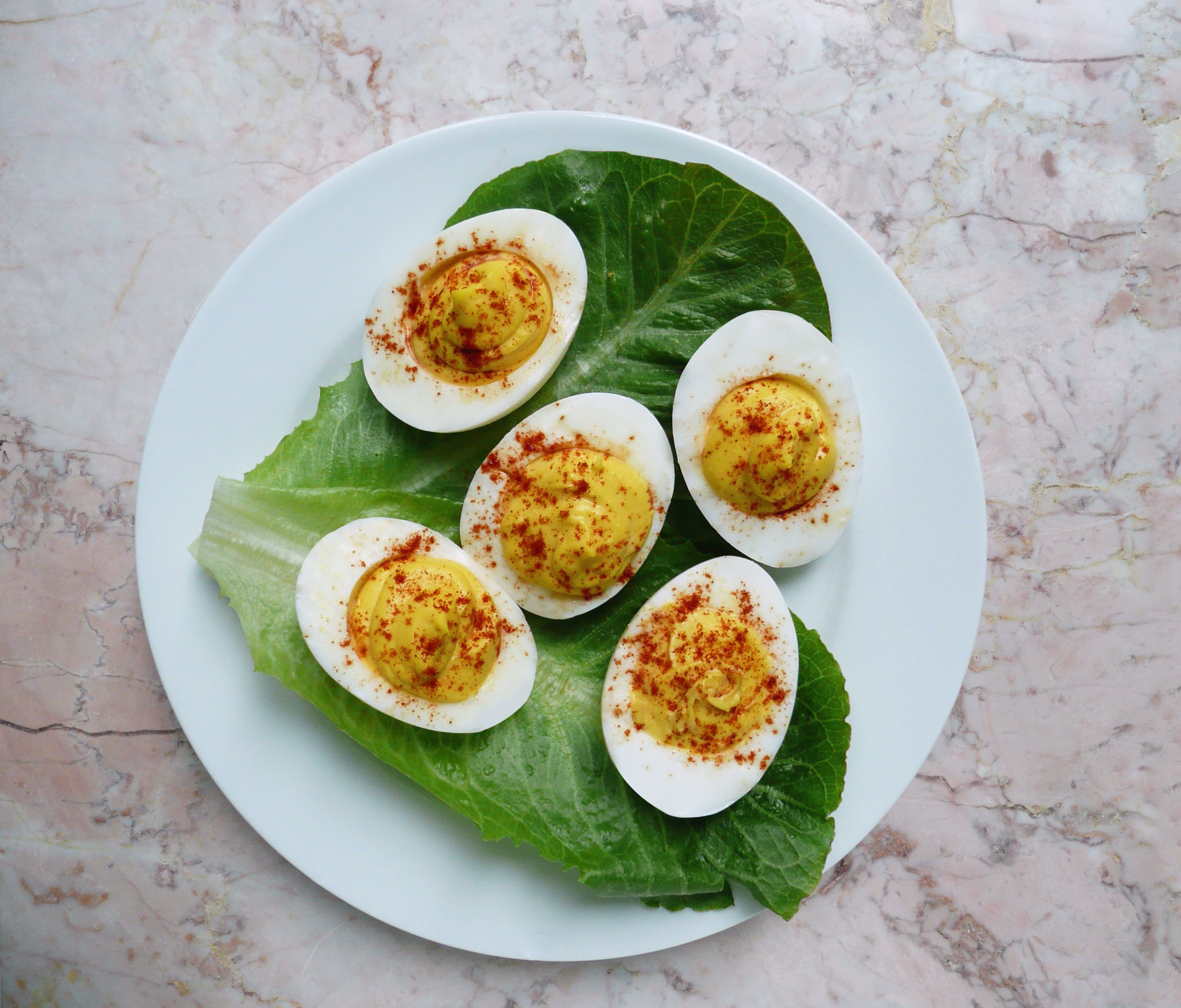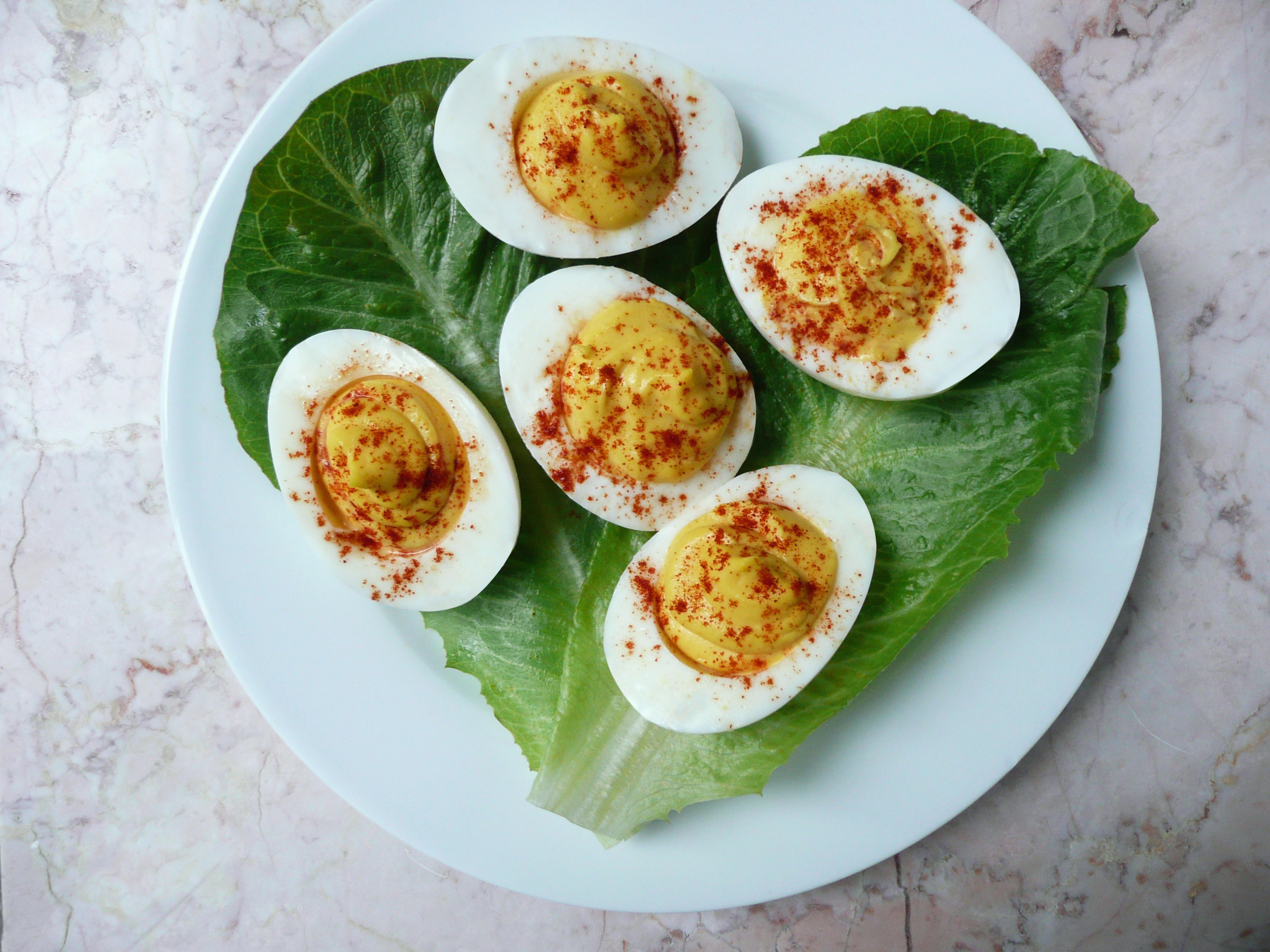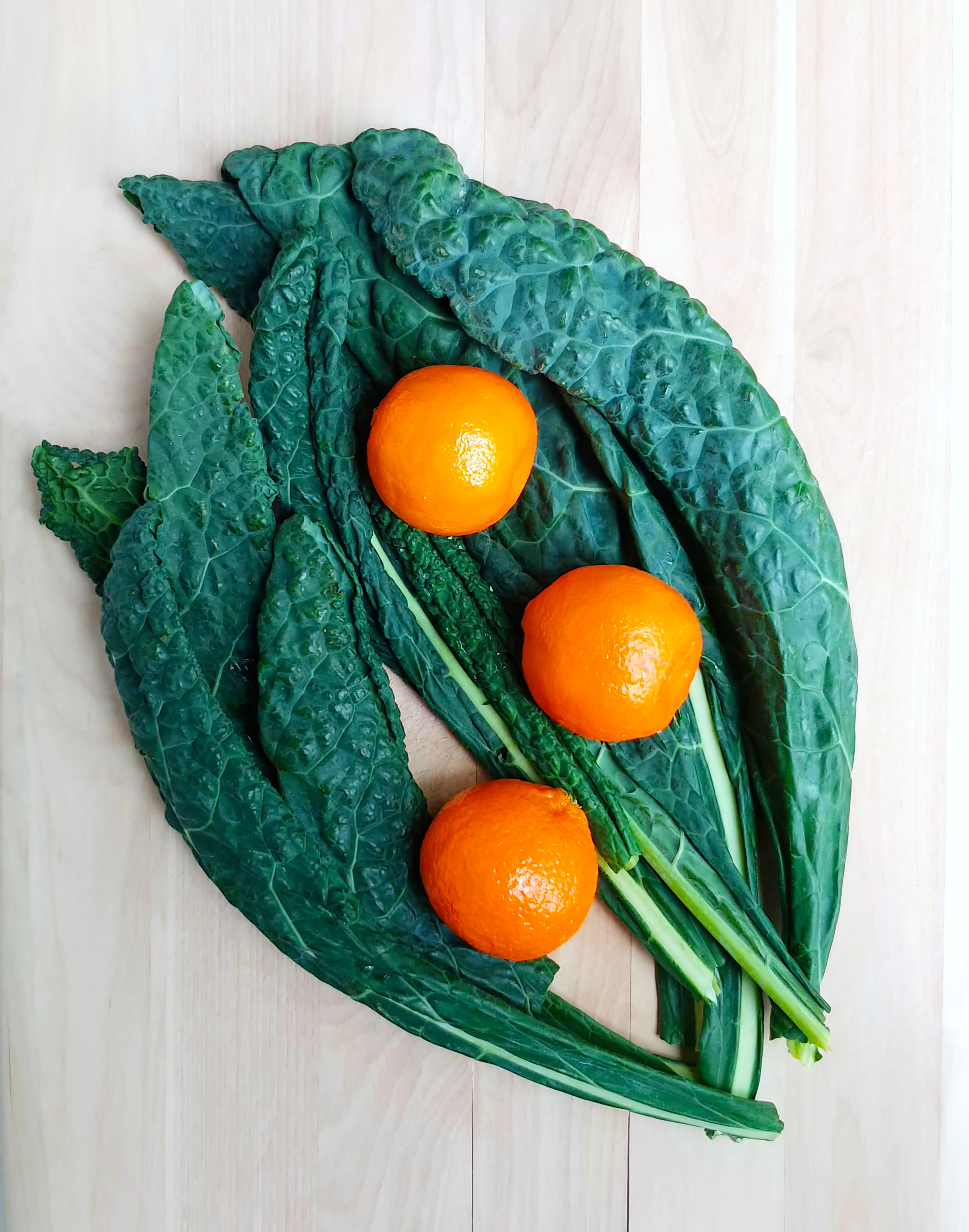
It’s January! It’s a new year (and that’s super exciting!) It’s time to eat a little healthier and exercise a little more.
As far as the exercise goes, NPR has a great podcast called Exercise: Learn to Love (Or At Least Like) It that has lots of helpful tips for making an exercise habit a little stickier. I’ve listened to the first two episodes so far and I can’t wait to listen to the next two. I highly recommend the podcast if you’re feeling a little less than excited about doing lunges today! The suggestions on the podcast make exercise seem much more manageable and less overwhelming. They recommend getting in little bursts of exercise whenever you can (taking the stairs instead of the elevator), and only watching your favorite TV show while you exercise.
If you can only watch your favorite TV show while on the treadmill then it makes exercise a lot more appealing! You can combine something that you enjoy with something that you’re not so excited about (ugh, more lunges), which makes exercise more fun (or at least bearable) and you’re more likely to do it.
But as for eating healthier, how do you do that? How do you eat healthy when you have a million tasks to do each day, and you’re exhausted from the commute home? Who has time to cook anyway? It’s way easier to go through the drive thru and eat your tacos while parked in the parking lot when you’re exhausted after a long day (been there, done that) than to cook a meal from scratch when you get home.
These are all questions that everyone has when they start to eat a little healthier. It’s totally normal to feel overwhelmed when you decide change your eating habits, but there are ways to make it easier and more manageable. The hardest part is the first month or two but you can do it.
As far as which diet to follow, that can be confusing as well. There are lots of popular diets at the moment (many of them seem to contradict one another). What I did is that I took into consideration the food sensitivities I had (avoided those foods) and then ate foods that I seemed to do well on.
If I physically felt better after eating a carrot, then I ate more carrots on a regular basis. I’ve never counted calories, I just try and eat foods that don’t have a label and add in more veggies and olive oil.
With a bit of trial and error you’ll find a way of eating that works for you. Some people go very strict with paleo or keto or vegan, and other people just want to eat a few more servings of vegetables each day. Wherever you are on that spectrum I encourage you to eat in a way that makes sense you. Listen to your body, adjust what you eat as needed, and it’s all probably going to work out ok.
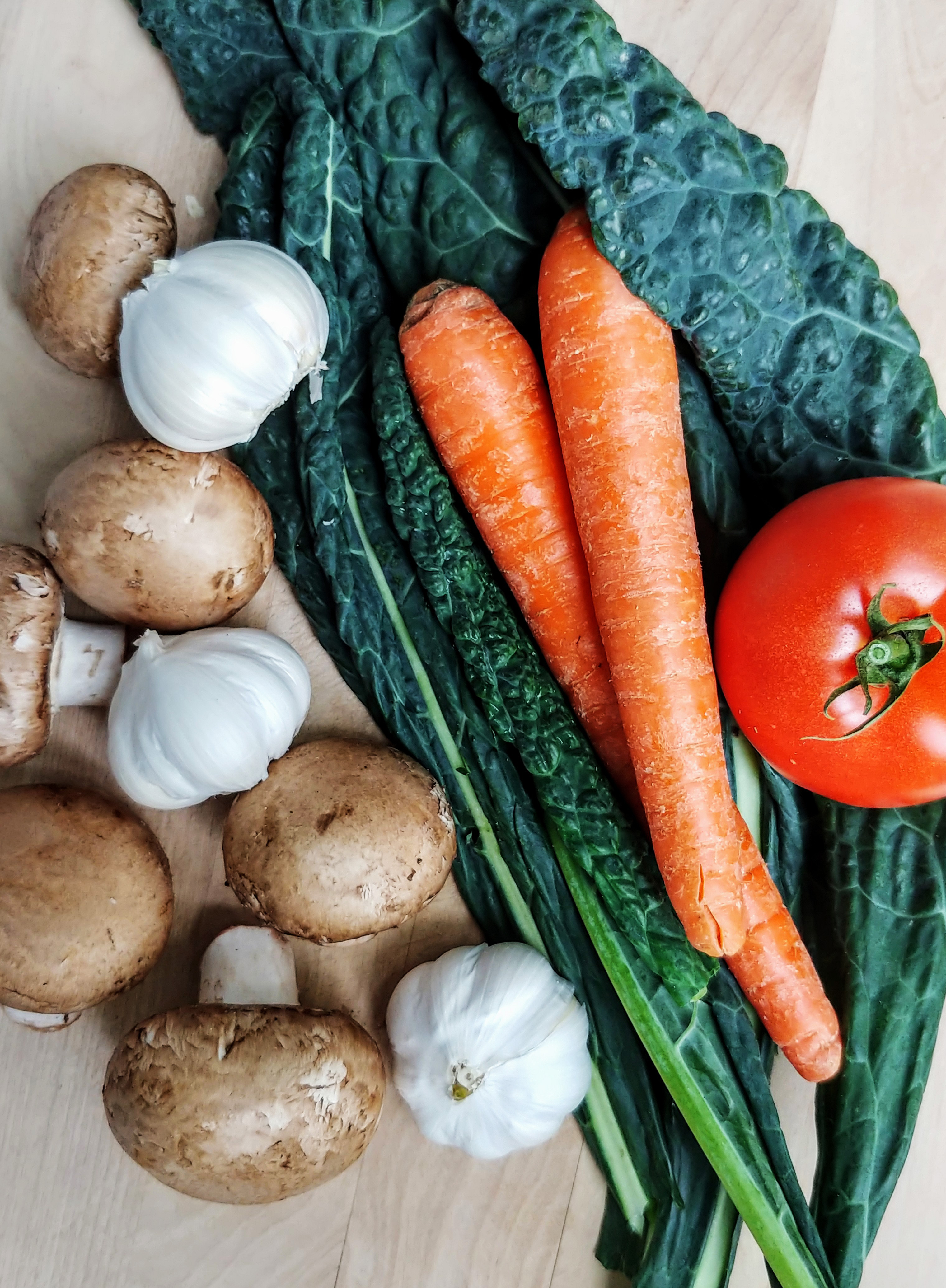
Here are my top tips for eating healthier when you’re busy:
1. Eat First
There are always a million tasks to manage each day. There’s always something else that needs your attention (dishes to be done, another project to finish, or laundry to do). That to do list will always be there but if you’re focused on finishing task after task then before you know it having your first meal of the day at 9 or 10 pm is going to be a daily occurrence.
At that point you’ll either be too tired to eat or you’ll eat anything in sight, neither of which are good options.
So eat first. Before you tackle your to do list for today, take 10-15 minutes and eat breakfast. It could be as simple as scarfing down some hard boiled eggs and some fruit, but make sure that you’re body has some fuel to burn, it will pay off exponentially during your day. You won’t be hangry and life will be easier.
This rule goes for lunch and dinner too, carve out time for those two meals as well. Eat first, then do the tasks. Laundry will still be there after dinner.
2. Make Extra
Here’s the real secret to healthy eating – leftovers. It doesn’t sound so sexy, but it’s the truth. Find healthy recipes that you like (you can have a look through my visual recipe guide here for ideas) and anytime you make a dish you like, make extra.
If you’re making soup, or curry, or meatballs then double the recipe and freeze the rest in muffin tins (for individual portions) or flat in ziptop bags. Silicone muffin tins might be a good investment for you if you plan on freezing a lot of portions. It’s very easy to pop your frozen portions out from those muffin tins as opposed to a metal muffin tin (you will usually have to wait for the food to thaw a little to get it out of a metal muffin tin).
You can also store leftovers in glass snapware containers and bring them for lunch with you or keep them in the fridge for when you get home the next night.
You’re basically making your own healthy convenience foods (for cheaper than store bought ones) that are perfectly tailored to your tastes and needs!
My own personal weekly food prep goes something like this – once or twice each week I make a big batch of sautéed kale with olive oil and garlic. I keep this in the fridge and when I come home and am starving I know that I have a healthy veggie dish to heat up an eat. I also make hard boiled eggs in my rice cooker and keep them in the fridge for an easy snack to have on hand or I eat them for breakfast.
Having those two things on hand sounds like no big deal, but it makes eating healthier a lot easier. Eating breakfast and veggies becomes automatic – you have eggs to eat for breakfast so you’re not tempted by donuts, and you eat veggies everyday because all you have to do is scoop it into a bowl and heat it up.
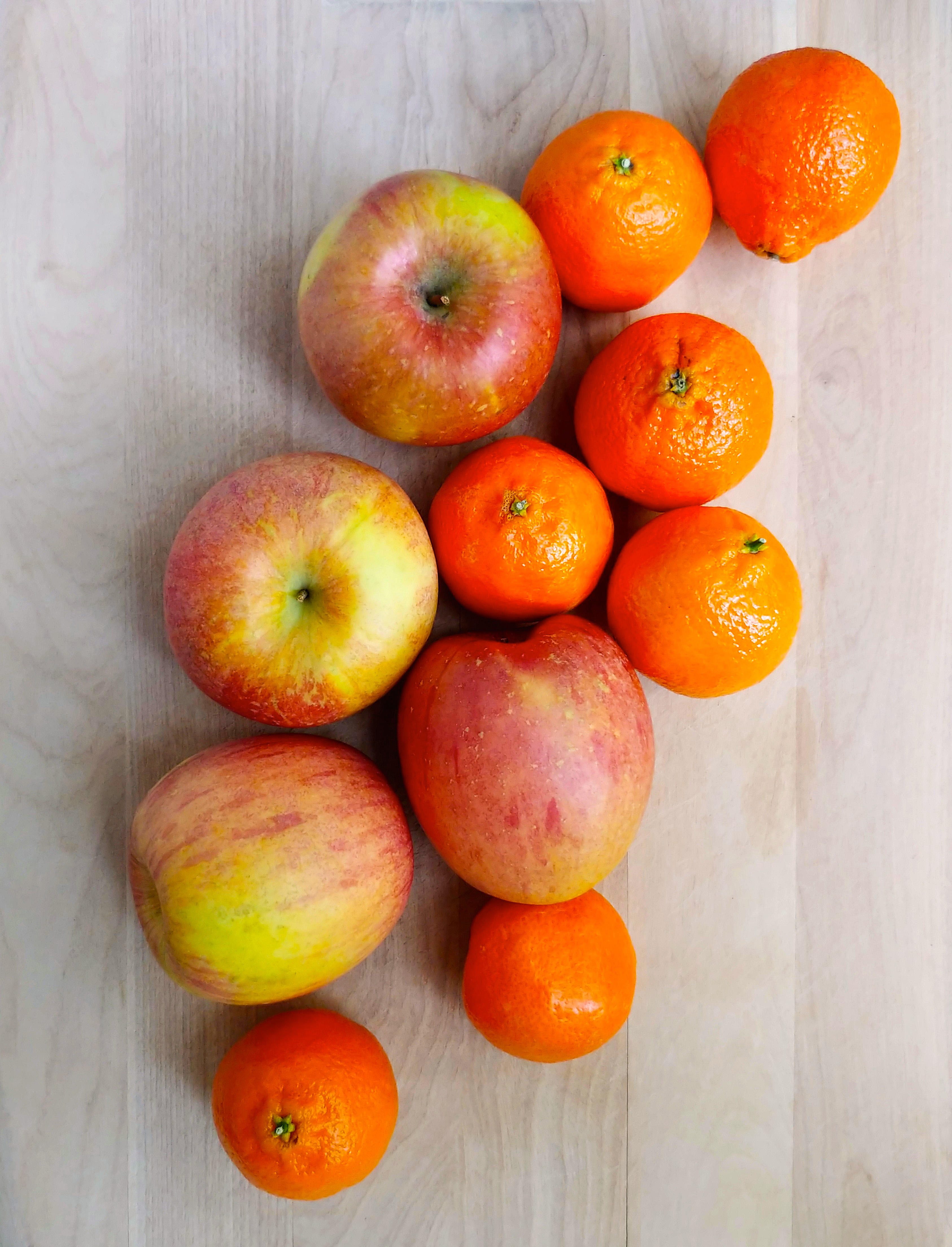
For something sweet, you can eat some fruit or I like making these sweet potato fries. They don’t have any added sweeteners (just olive oil or coconut oil and sweet potatoes) and become sweet and custard-like when you bake them. I usually eat them with a sprinkle of cinnamon and nutmeg and then eating your bowl of sweet potato fries really feels like eating something indulgent. I usually make a large batch of these, enough for about 2-3 days at a time and keep them in the fridge for snacking. They usually get sweeter after they’ve been refrigerated overnight.
Of course feel free to find your own version of what works for you. Maybe your veggie dish is hummus and carrots, or roasted vegetables. Just as long as your eating more veggies on a regular basis than you were last year then you are doing great! With a little time you’ll find your own go to breakfast foods and desserts as well.
As far as more “make extra” meal ideas, I find that soups freeze well (some veggie soup recipes are coming soon!) and I like making meatballs (I’m working on a paleo Swedish Meatball recipe at the moment too) or roasting a chicken (or buying a roasted chicken from the supermarket is ok too) and freezing the extra flat in ziptop bags. If I have frozen cooked chicken in the freezer and cooked kale in the fridge then a healthy dinner is super easy.
I take some chicken out from the freezer and put it into a bowl, spoon in some kale, heat it up and that’s dinner done. I usually heat up my food in my Tatung Rice Cooker because I don’t have to look after it (it wont boil over or anything) and I don’t have to clean up an extra pot or pan.
You put a rack in the bottom of the rice cooker, pour in a little water (usually 1/2 cup of water is enough to reheat something but it doesn’t need to be exact) put your bowl on the rack, top the bowl with an overturned small plate (so extra steam doesn’t get into your food) and press the switch down and 10-15 minutes later your food is warm and you can eat.
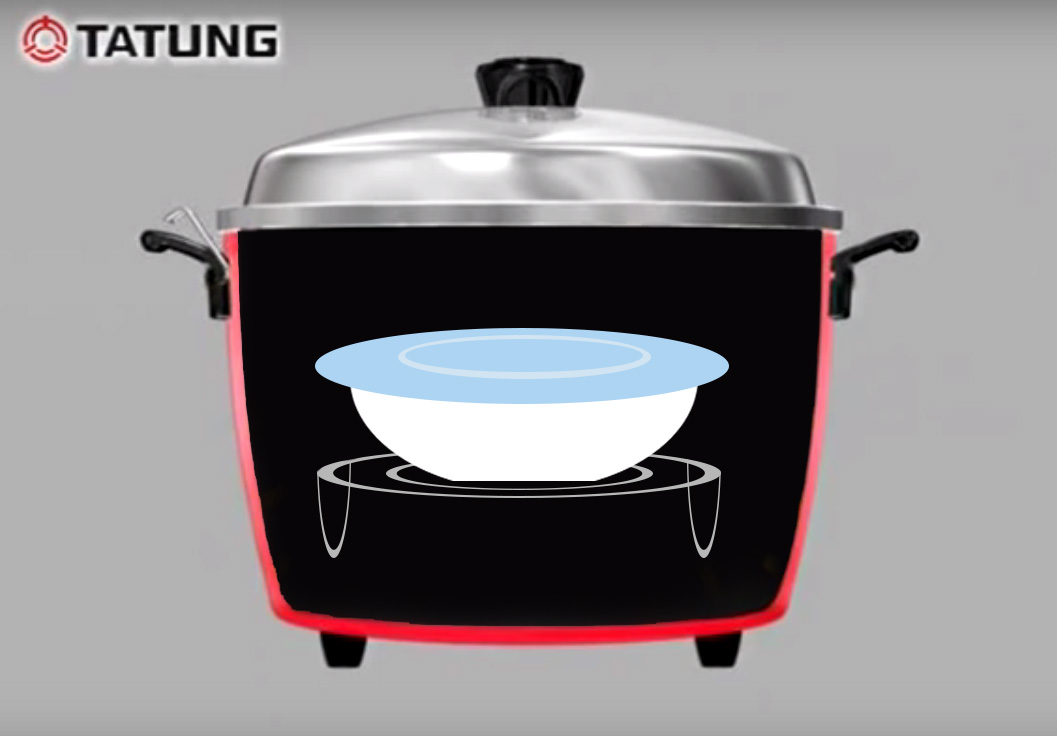
(A little graphic that I edited together to show my rice cooker reheating technique for you more visual people.)
I only freeze raw meat when I’m not sure what to do with it. It’s kind of a hassle to thaw it and cook, and I find that if there’s already cooked meat in the freezer then it makes weeknight dinners much easier as you only need to reheat it.
You can also make homemade salad dressings on the weekend. That way all you have to do when you get home is tip some spring mix into a bowl, cut a tomato and pour over some dressing for a healthy salad.
3. Bring Snacks
Make sure that you have something healthy that you can snack on during the day. When you’re starving you’ll eat just about anything in sight. If you have healthy snacks on hand then your automatic reaction will be to eat those foods because it’s such an easy choice.
4. Read the Labels / Healthier Shortcut Foods
There will be times where you’re on the go, you don’t have your normal food with you or you forgot / didn’t have time to cook this week. That’s ok. It takes some effort, but I find that it’s helpful to read food labels and pick convenience foods that have ingredients that you can pronounce and recognize.
I try not to buy convenience foods, but there are a few brands that I like and will eat on occasion either for a treat or if I don’t want to cook one day. I like Larabars (some have sugar and some don’t but you have to read the label) and Amy’s frozen meals and soups are great. Amy’s food is all organic, and they have some great gluten free and vegan options as well. I’ve never eaten any Amy’s food that I didn’t like, it’s all pretty good.
5. Using Measuring Cups / Kitchen Scale
Sometimes measuring out your food can be helpful. I usually weigh out the meat I eat each day because for a long time I would just eyeball it and assume I was eating enough protein. The first time I bothered to weigh out how much meat I was eating I found that had actually been eating half the amount of meat (by ounce) that I thought that I had been. Oops.
I don’t normally measure out the rest of my food, but if you find that you’re having trouble eating too much or too little during the day then sometimes it can be helpful to measure your food out as long as you don’t do it obsessively. Measuring cups and kitchen scales are just tools to help you along your healthy eating journey.
6. Be Kind to Yourself
This is the most important tip when you’re on a new healthy eating journey. There are going to be times when you eat something that isn’t good for you but it satisfies something in your soul, and that’s ok! It’s not a big deal if you eat a donut or cake (or bacon…yum…) every once in a while. Seriously.
If you eat something indulgent every once in a while, enjoy it! It’s a treat. There are lots of amazing and delicious healthy foods out there, but sometimes you just want to eat something you ate when you were a kid, or you’re out with friends at The Cheesecake Factory. Enjoy those days, don’t beat yourself up about them. Just make sure you eat some vegetables the next day and it will all work out.
If you’re going through something really stressful, it might be that you eat a little less healthy than you normally do for a period of time. Try to be extra kind to yourself during these times. Do the best you can in regards to your food choices, eat some vegetables, and once you’re through the rough patch you’ll probably find it easier to eat in a way that works for your body.
I hope that that these tips are helpful!
Happy January!
Elaine
